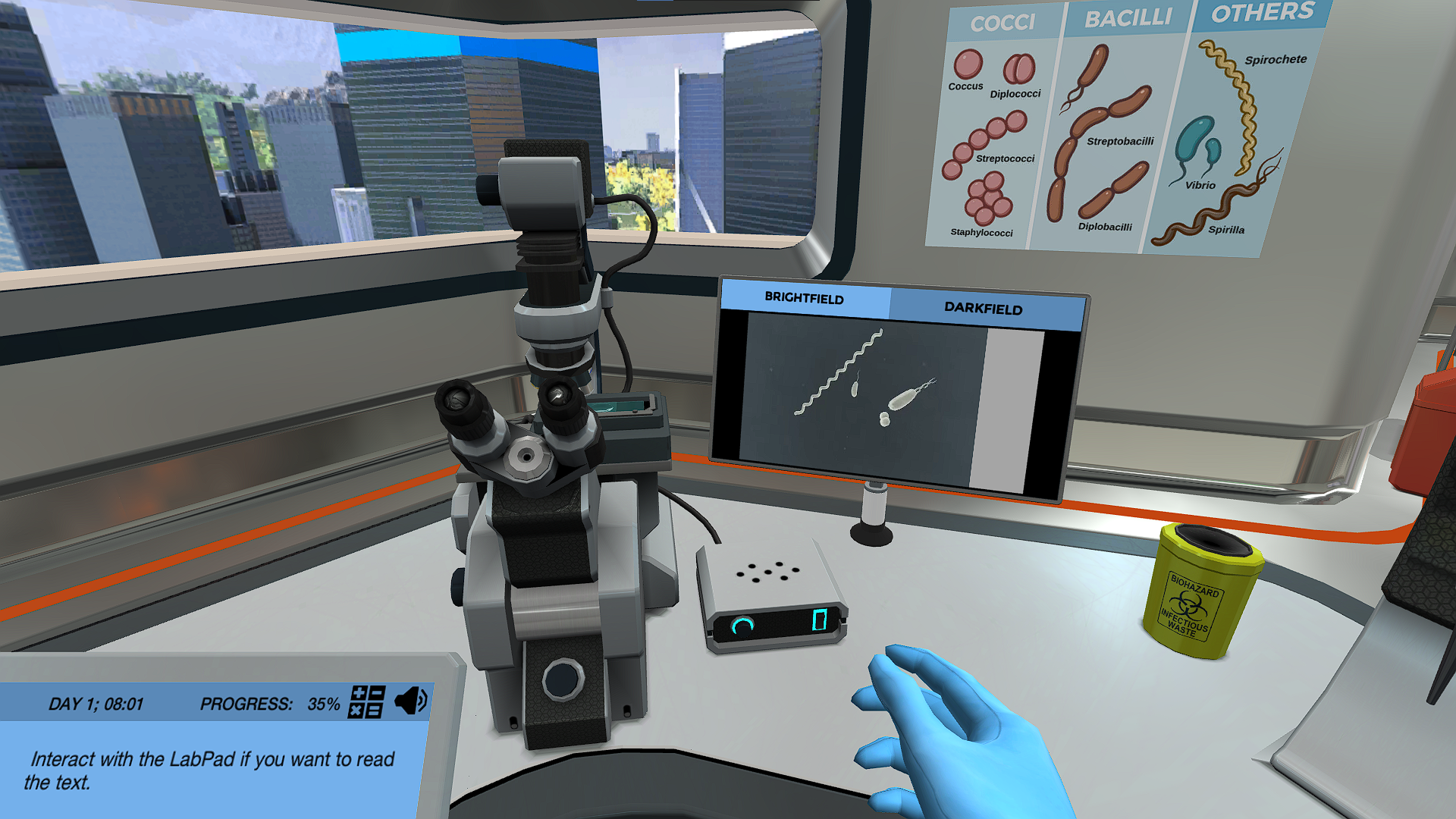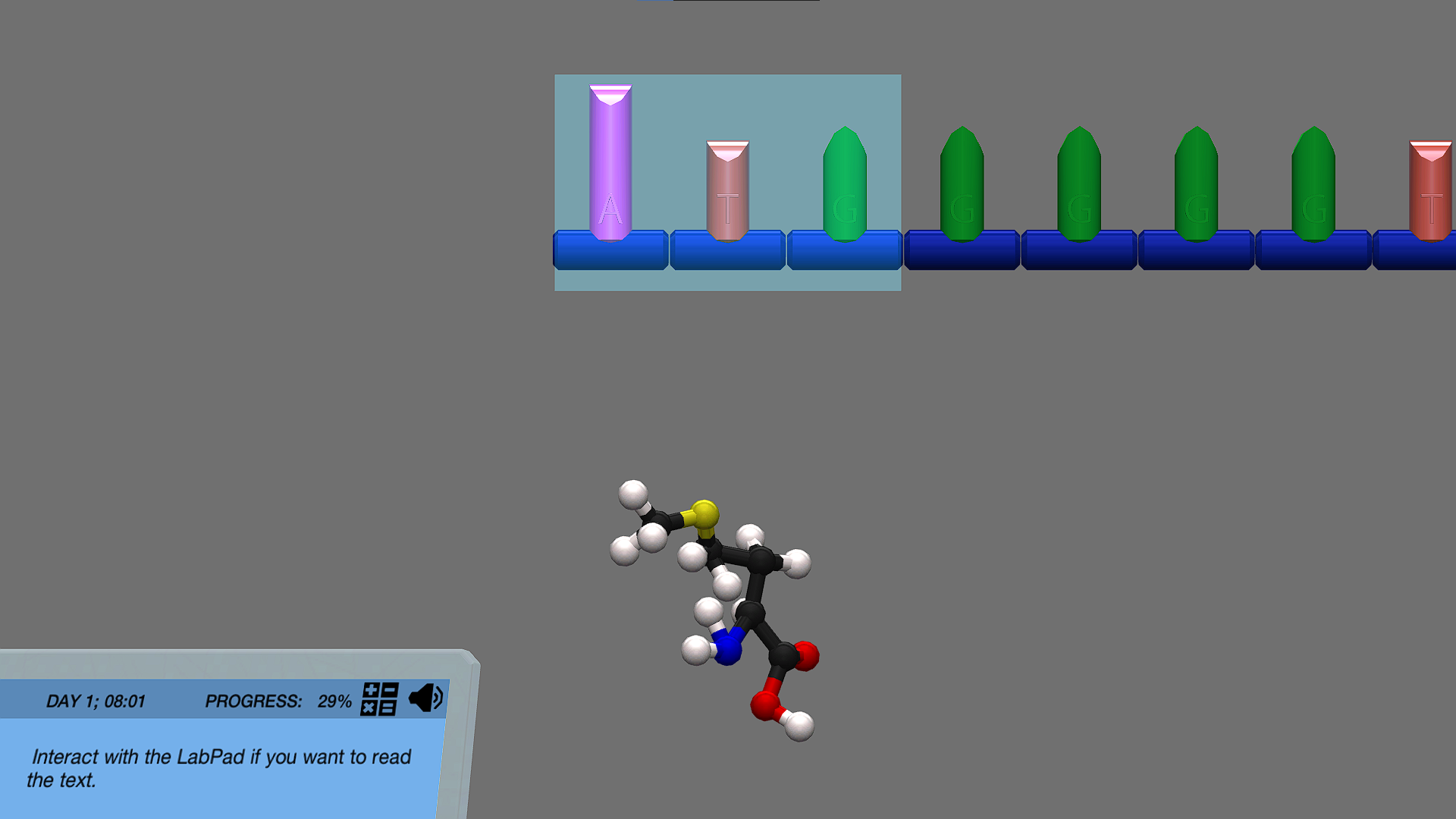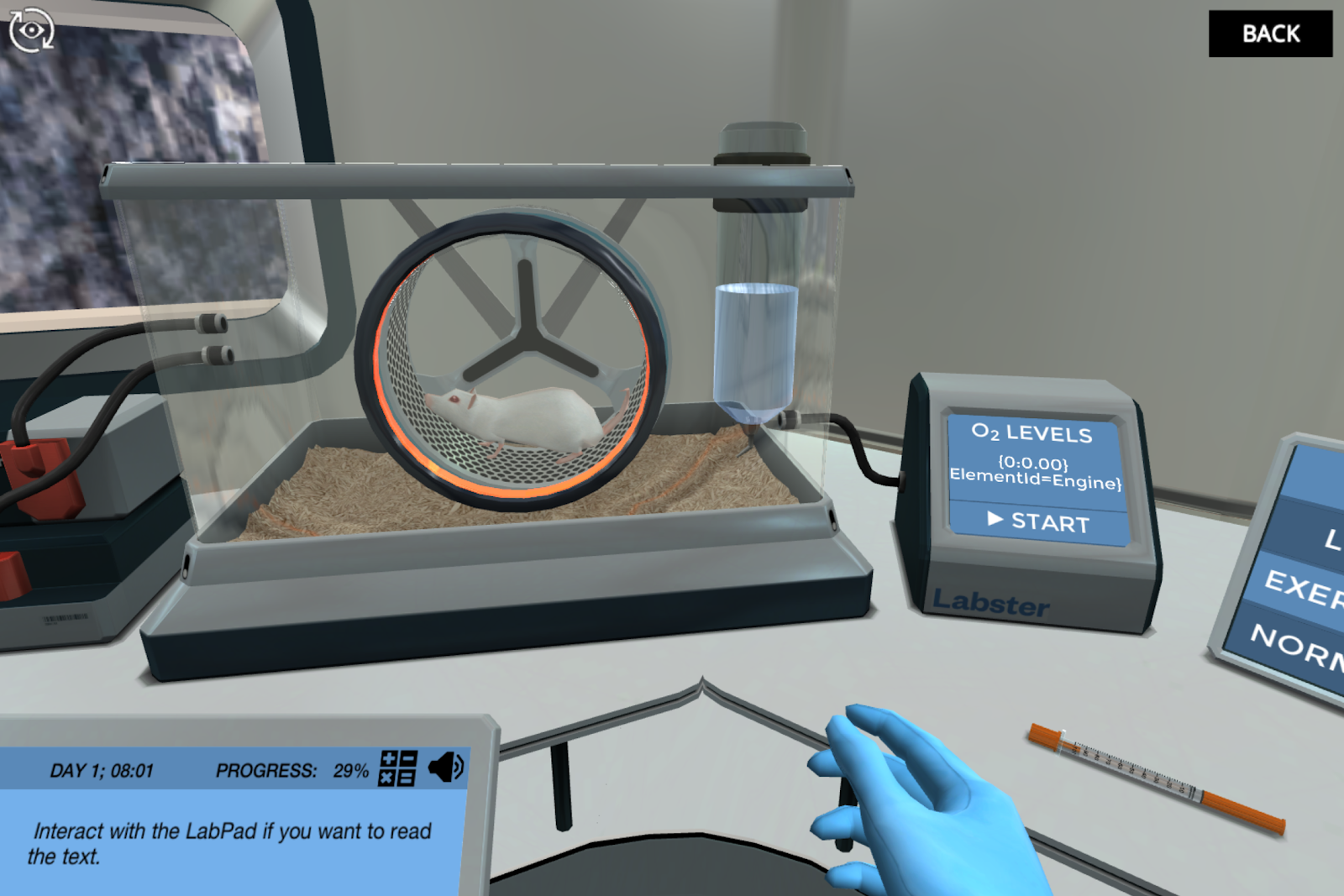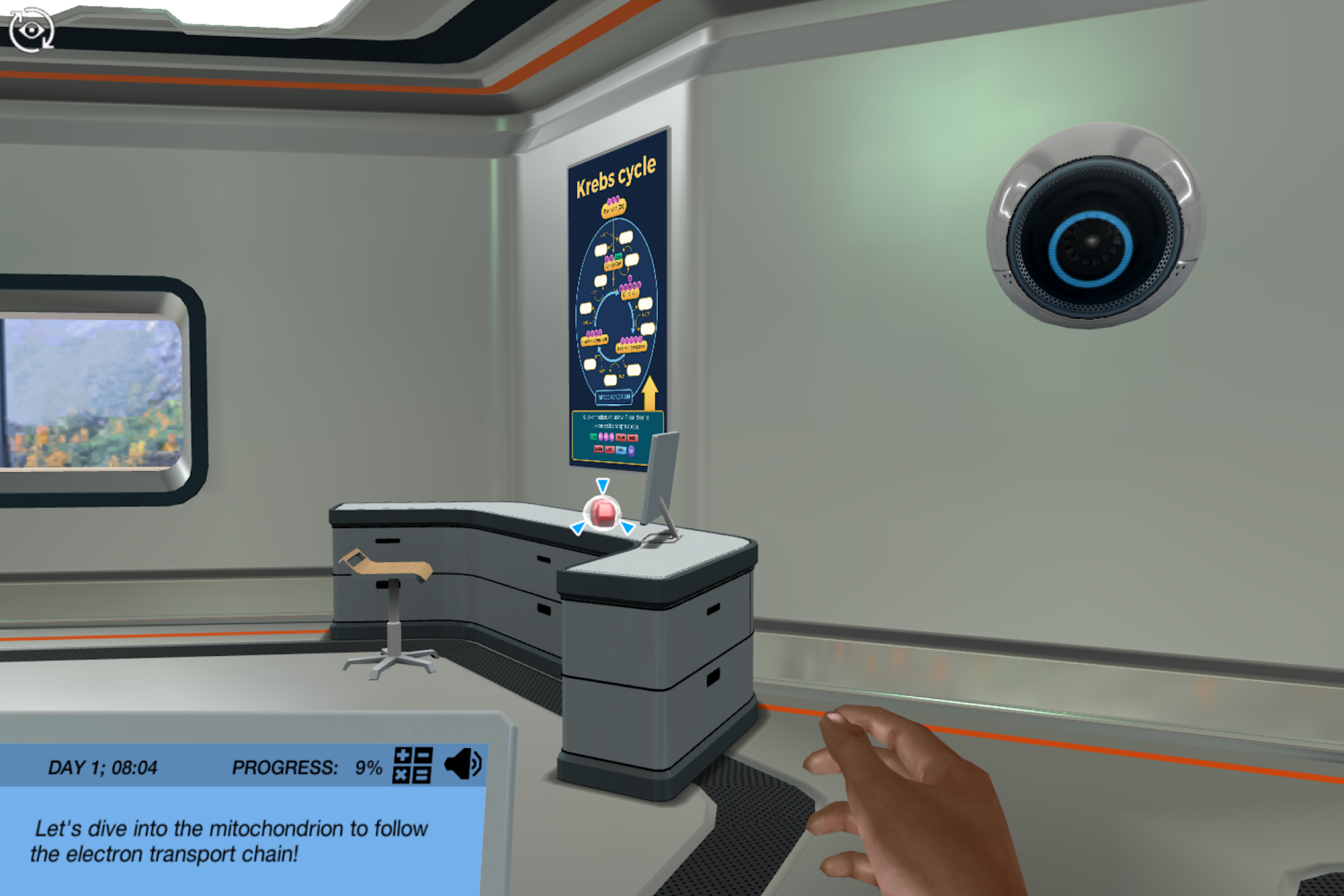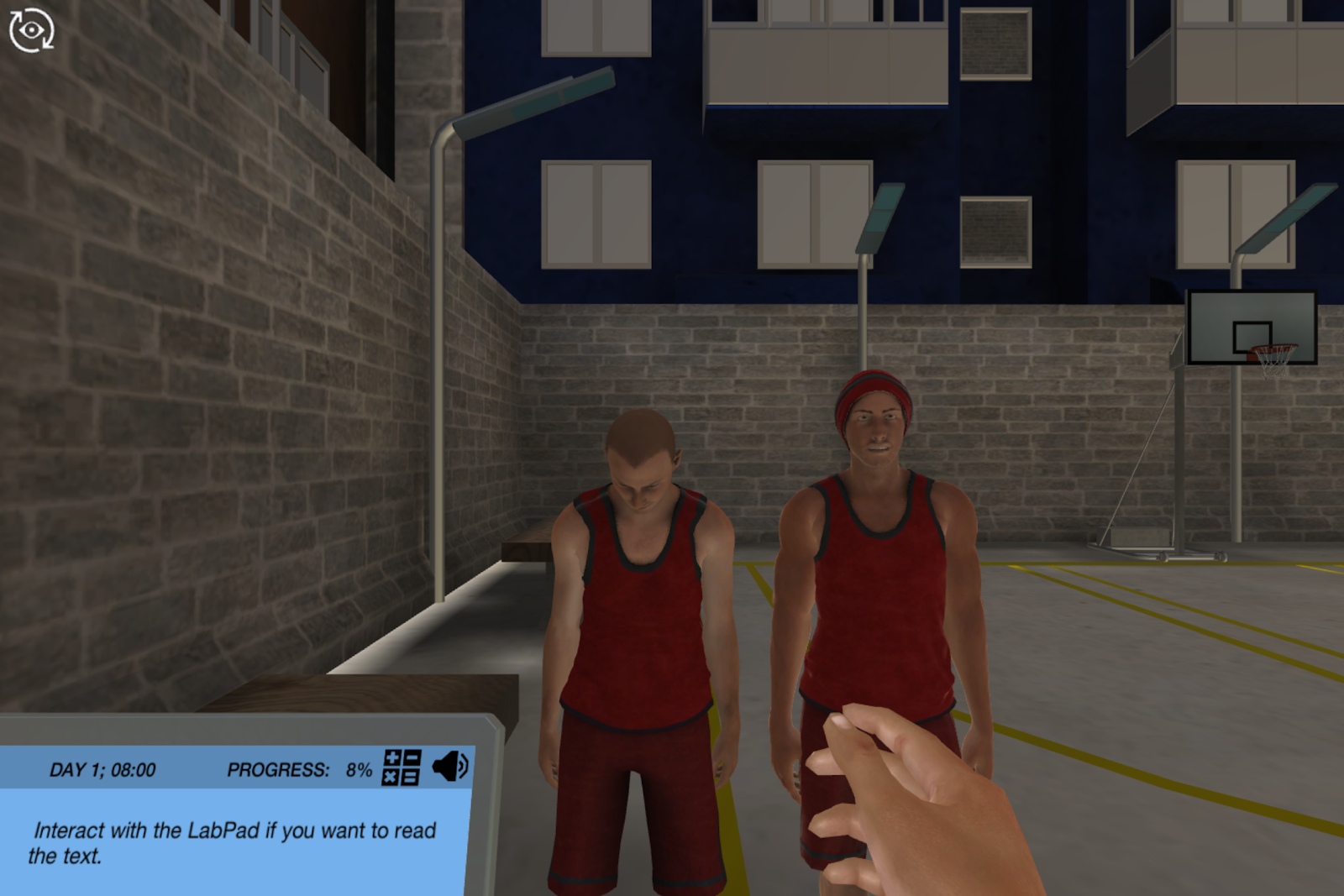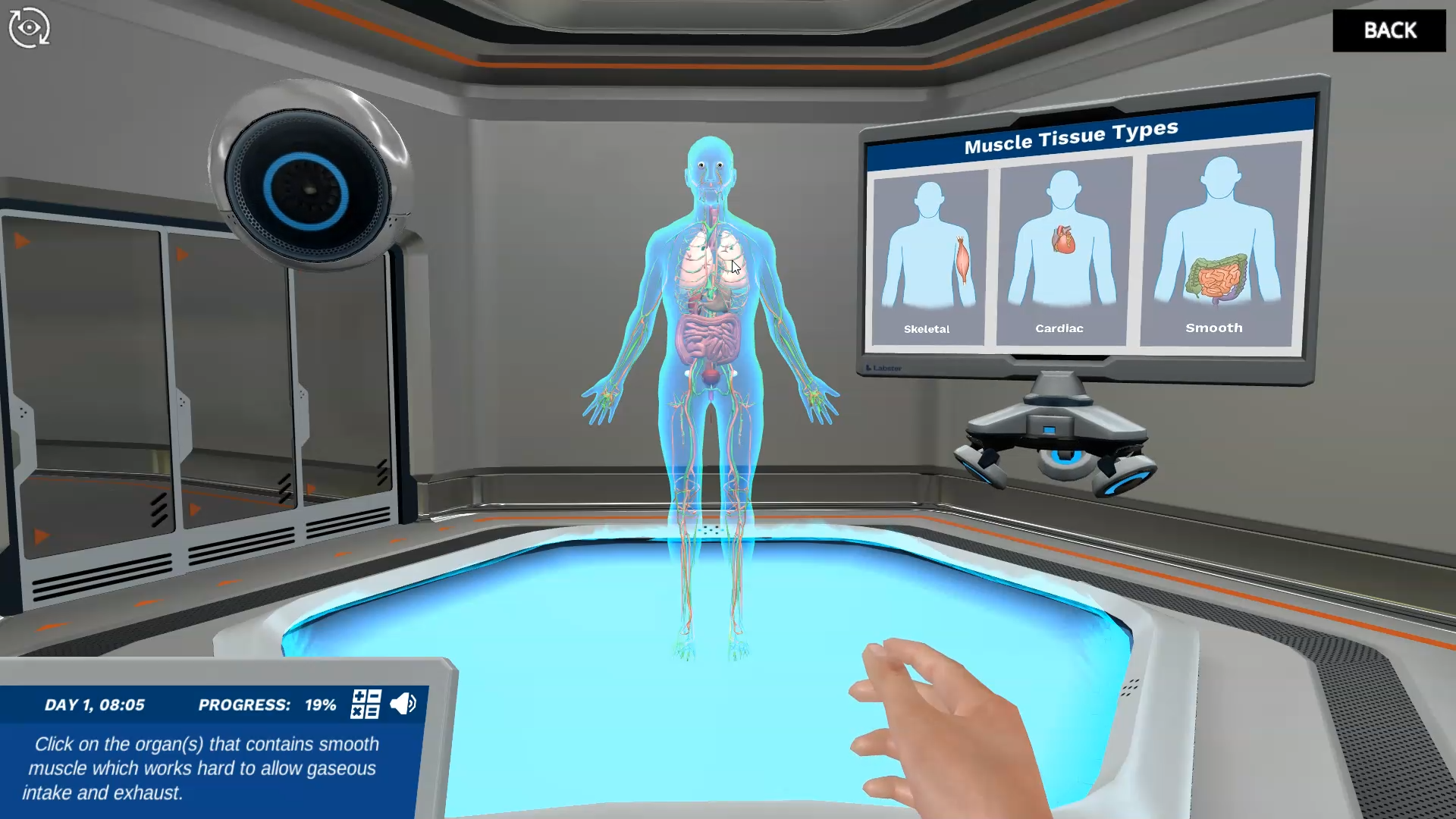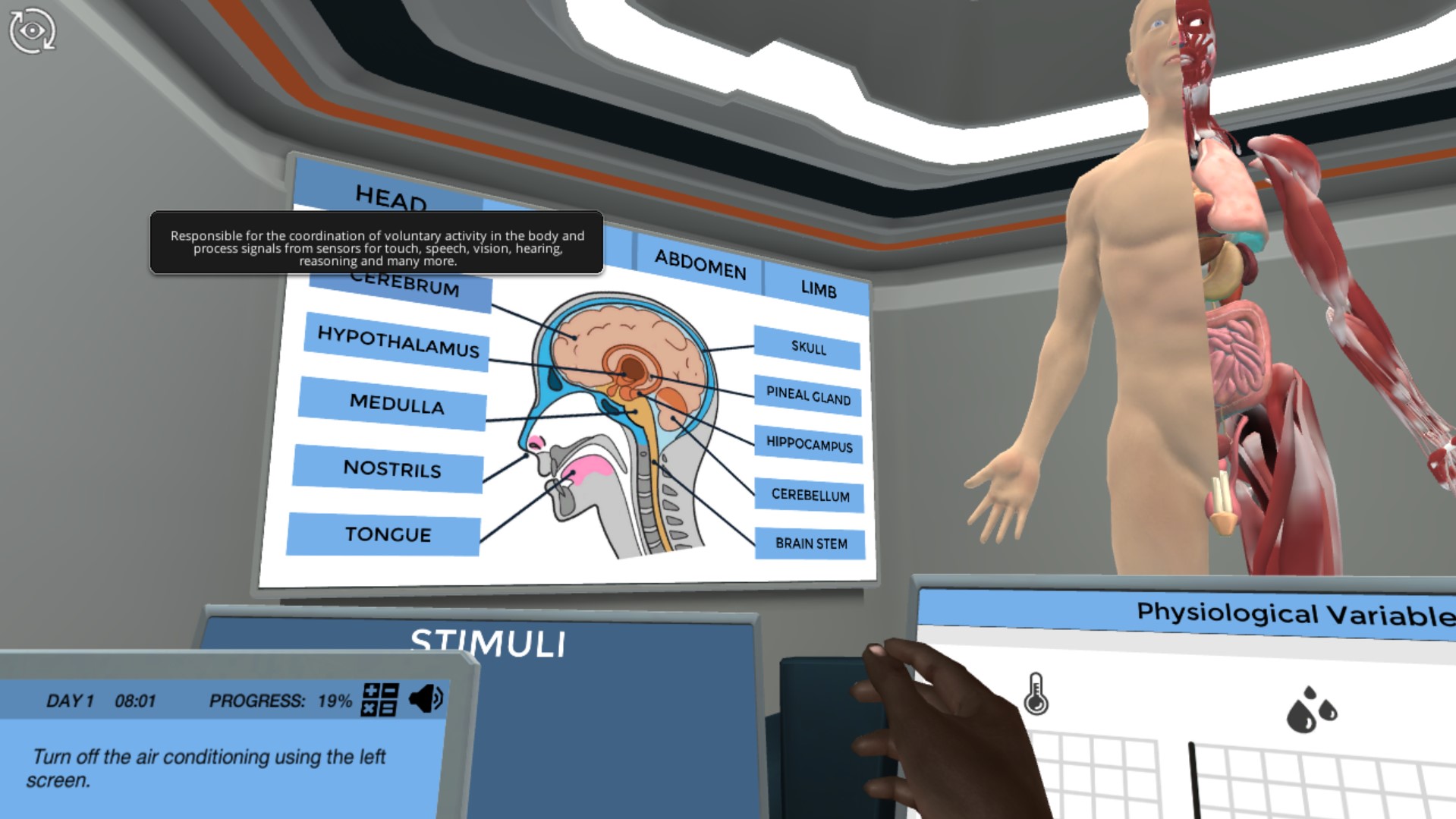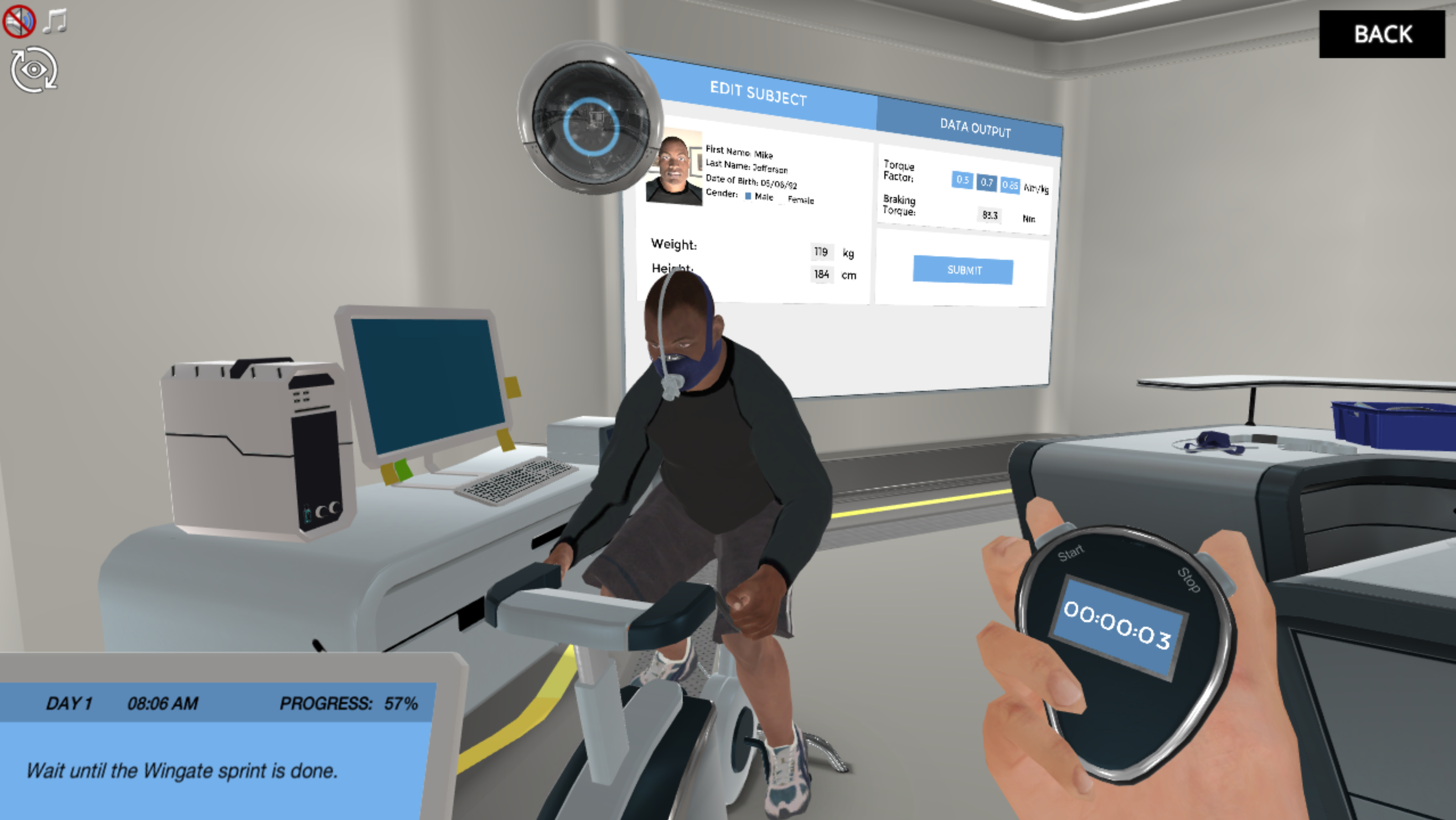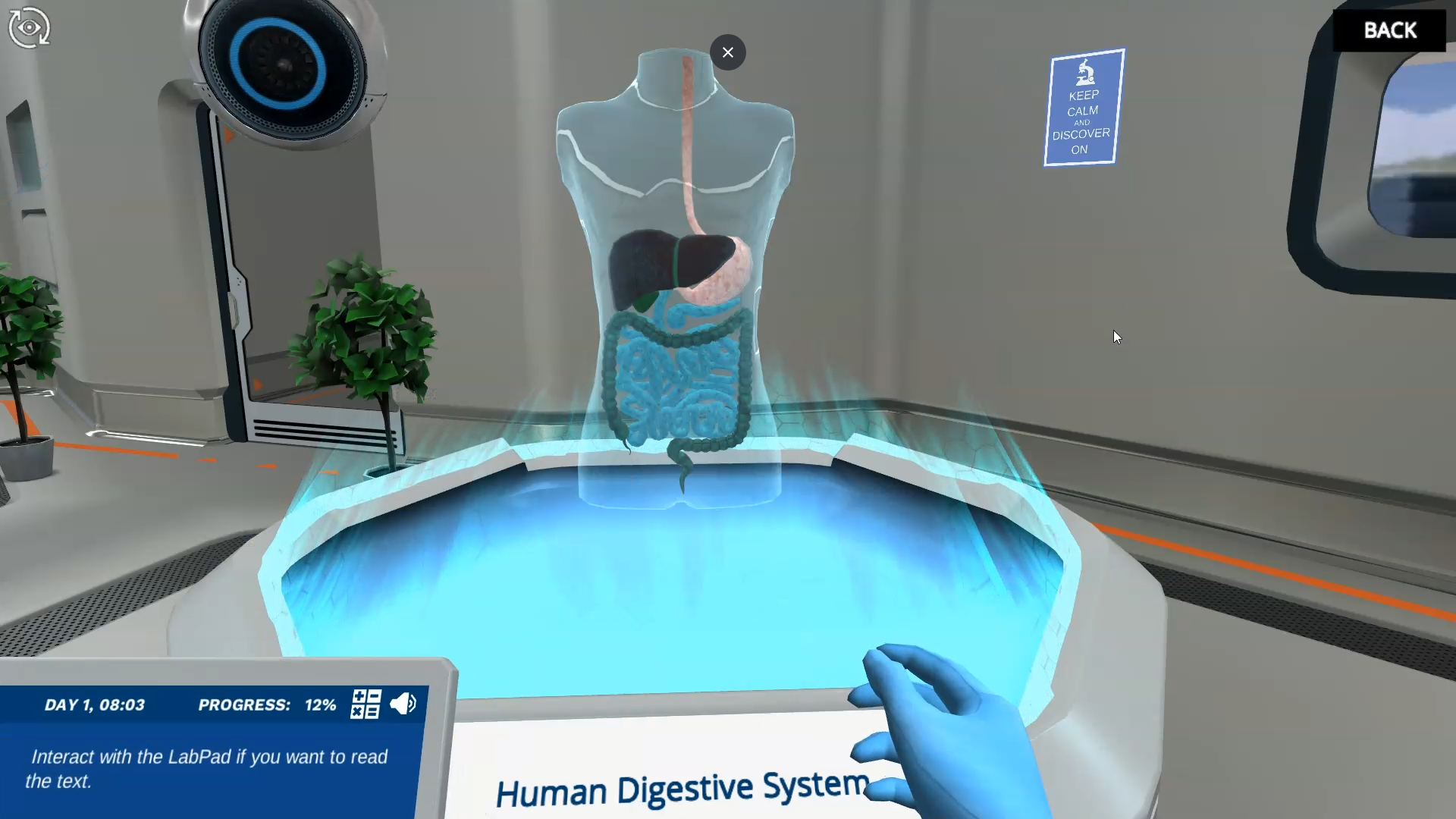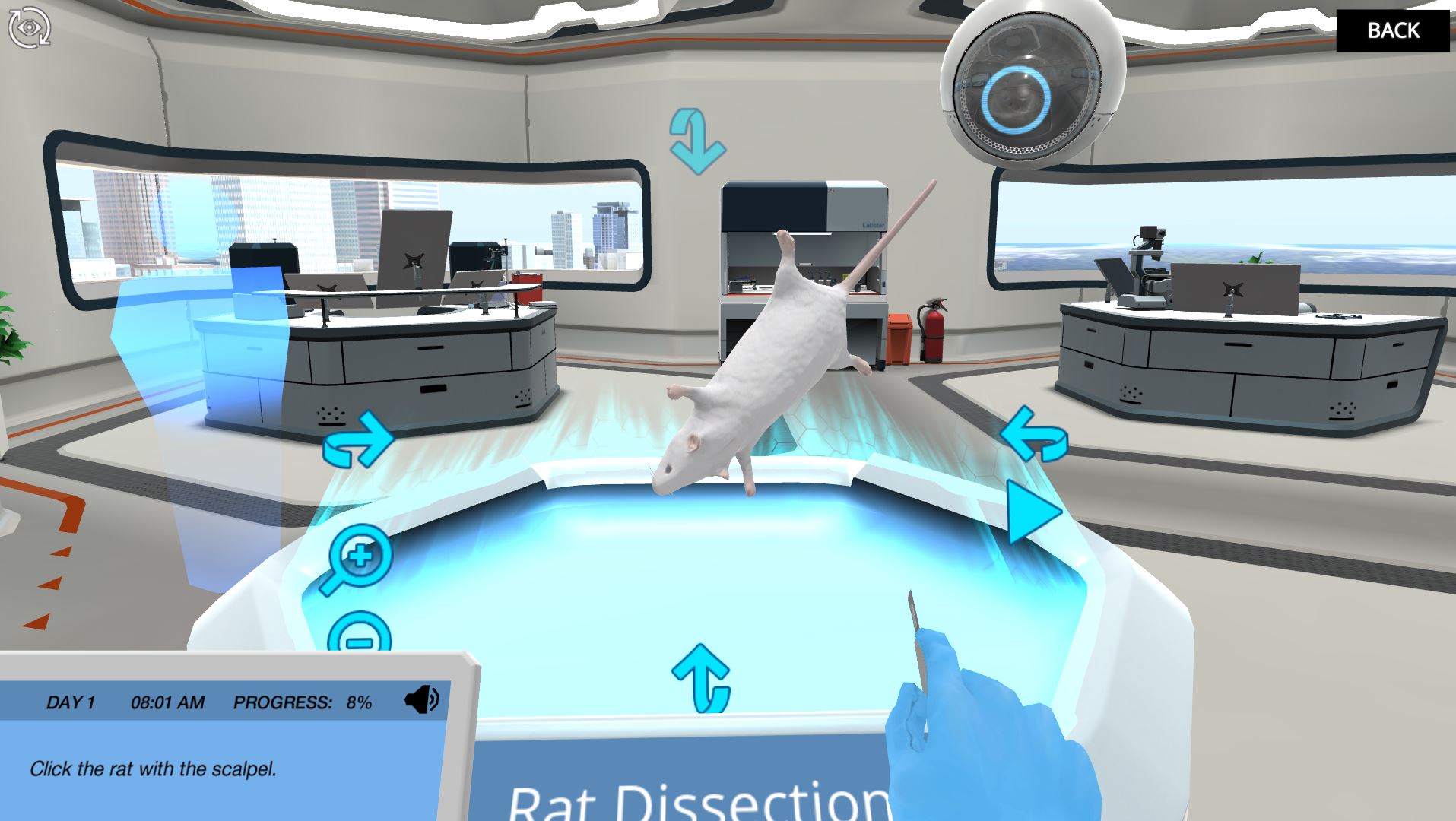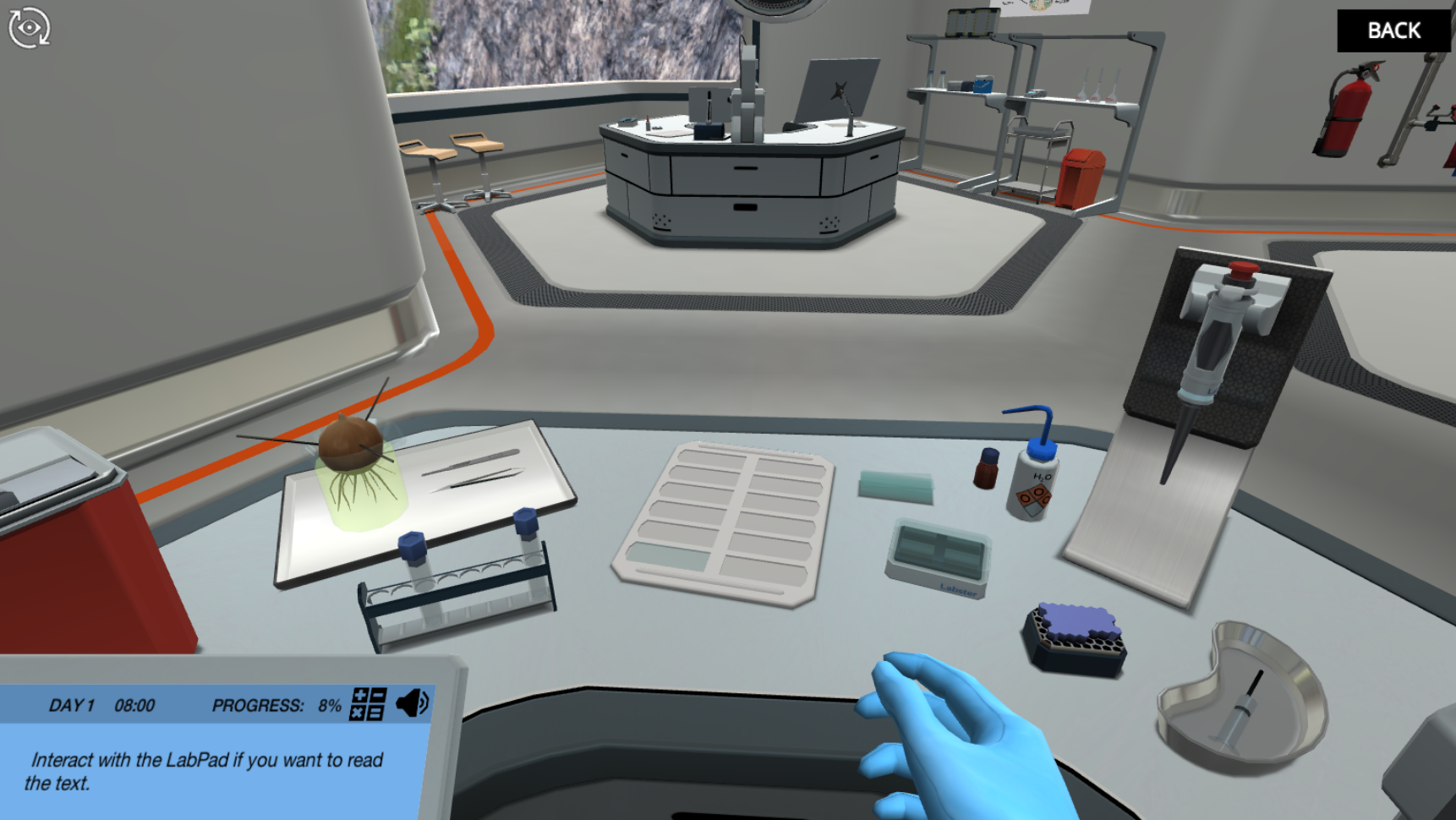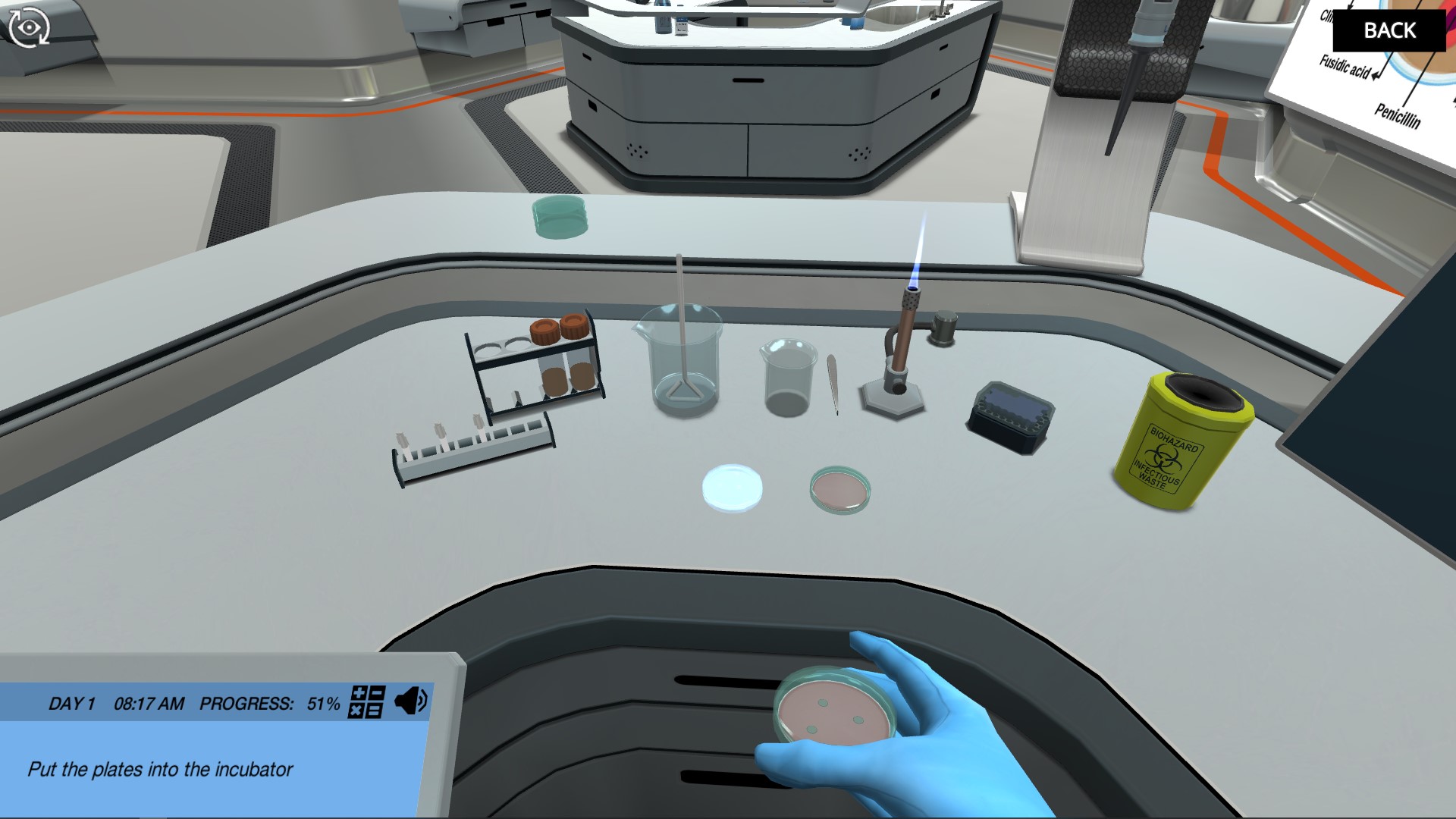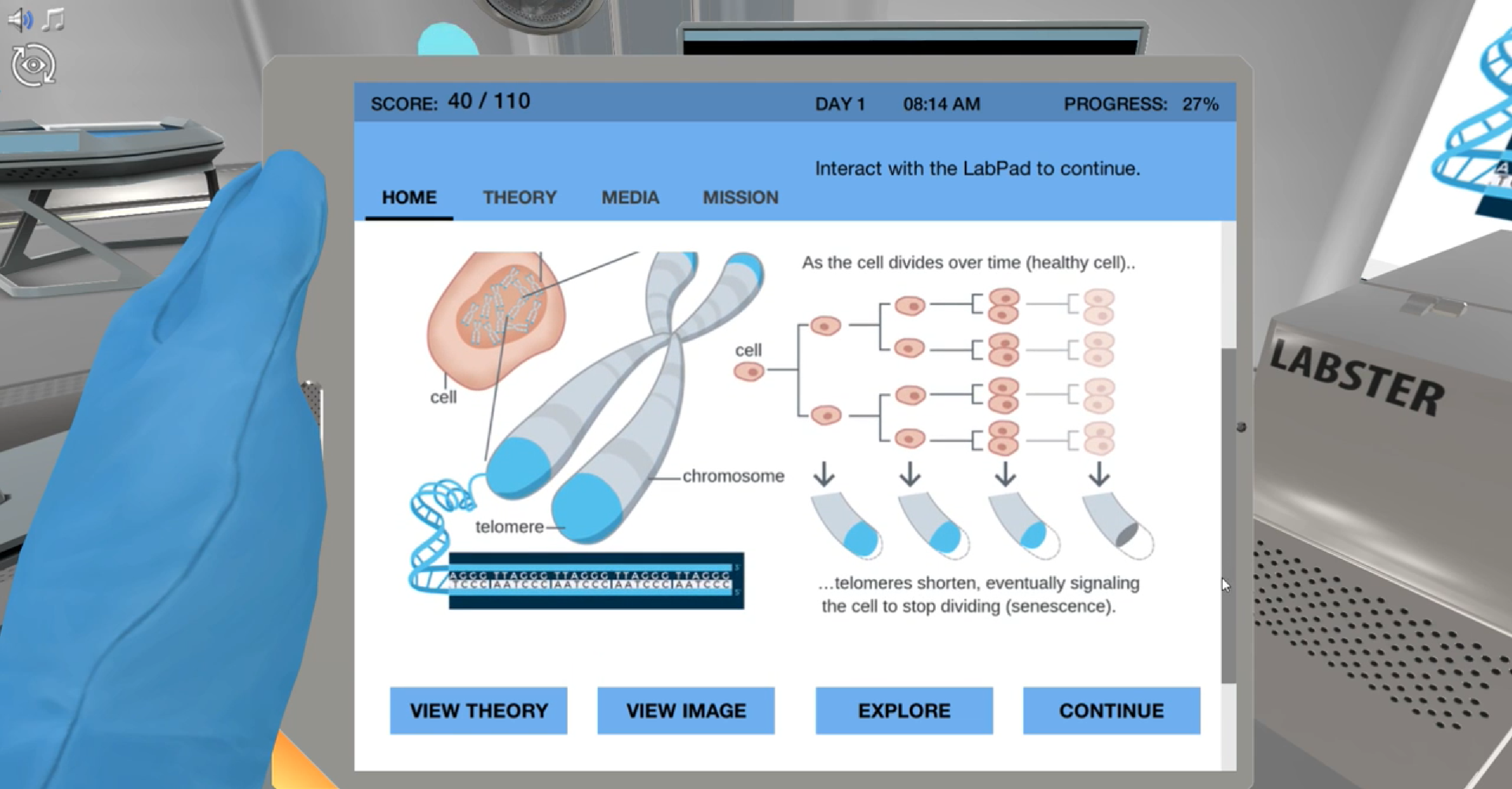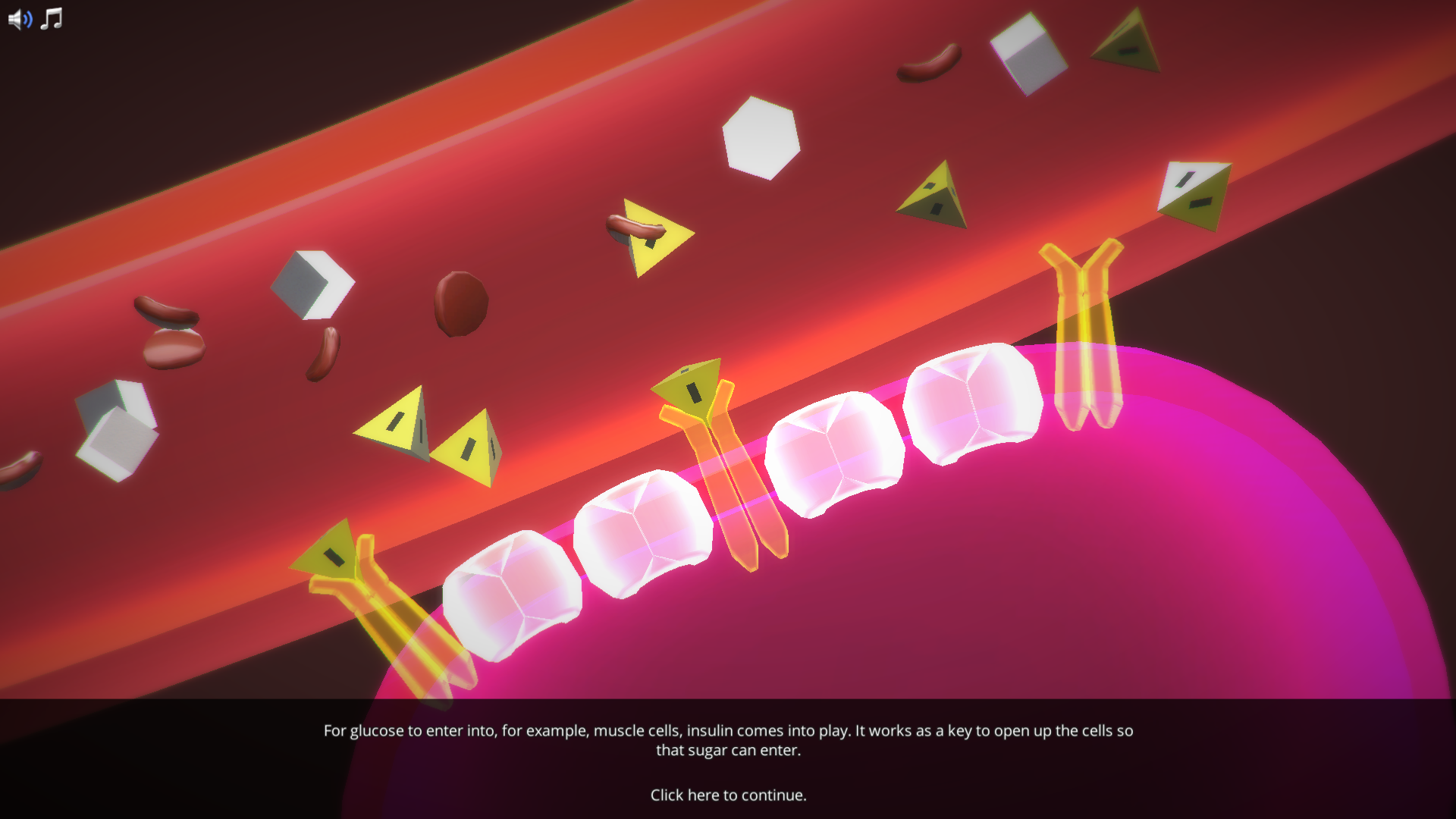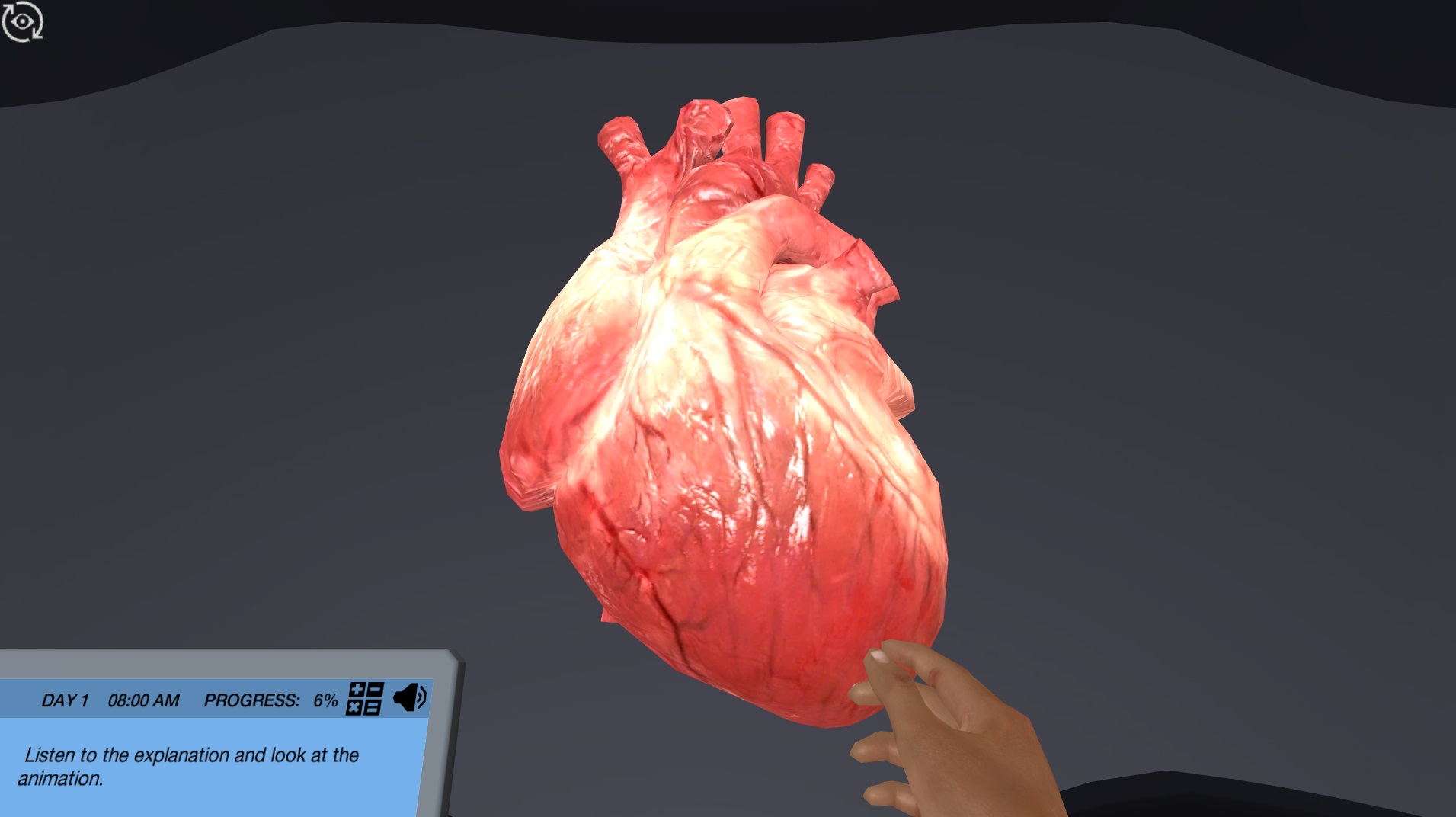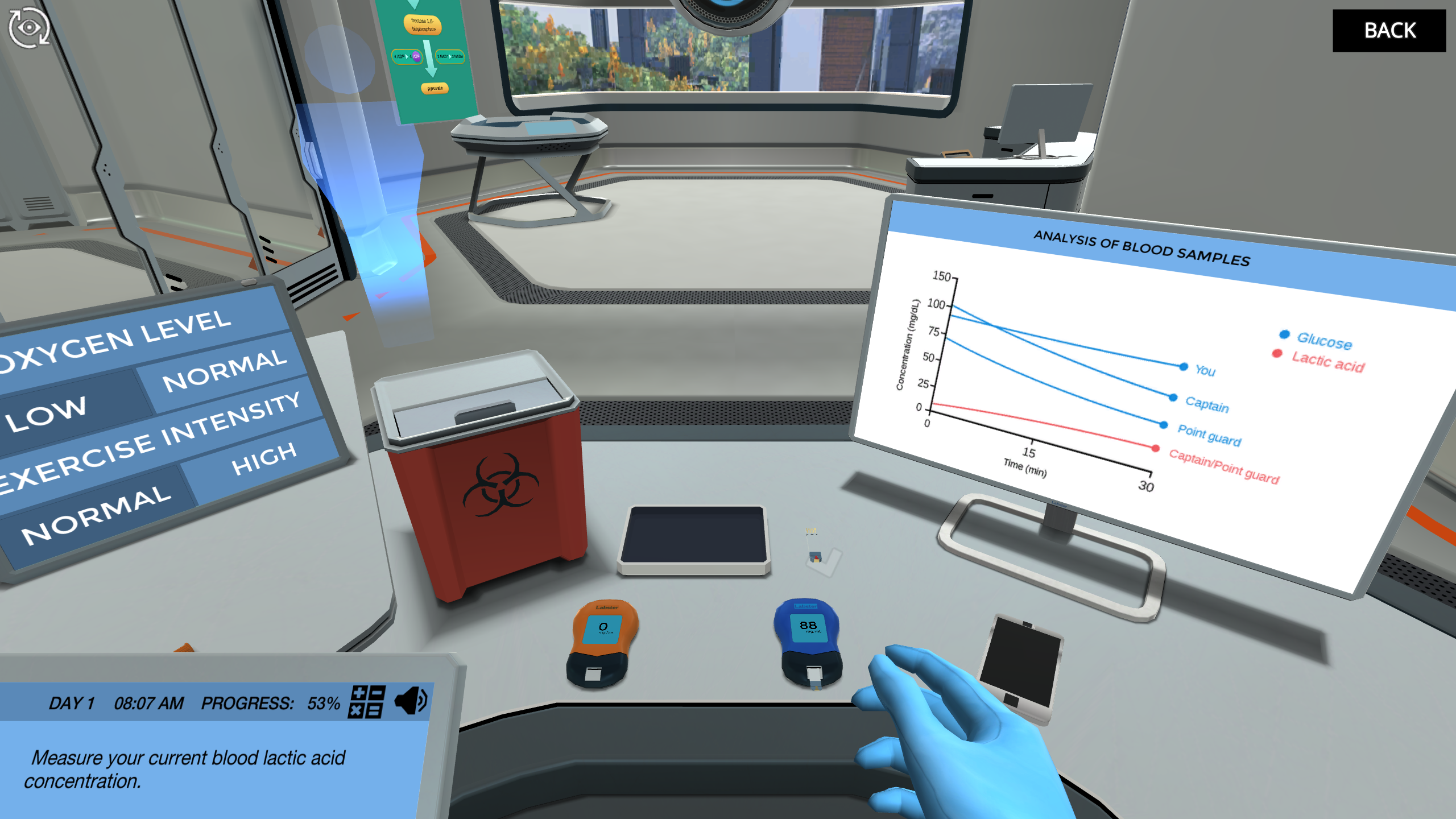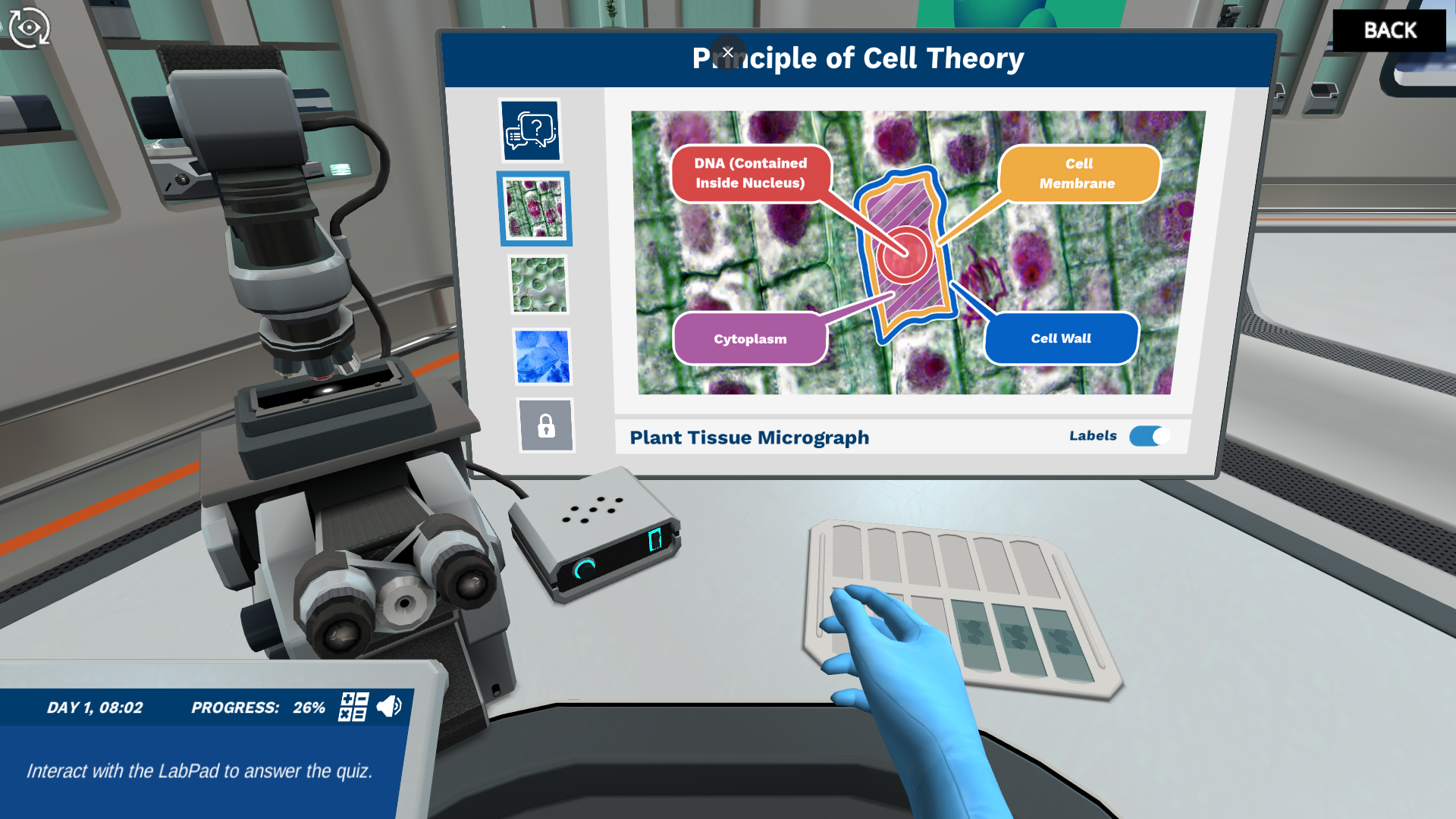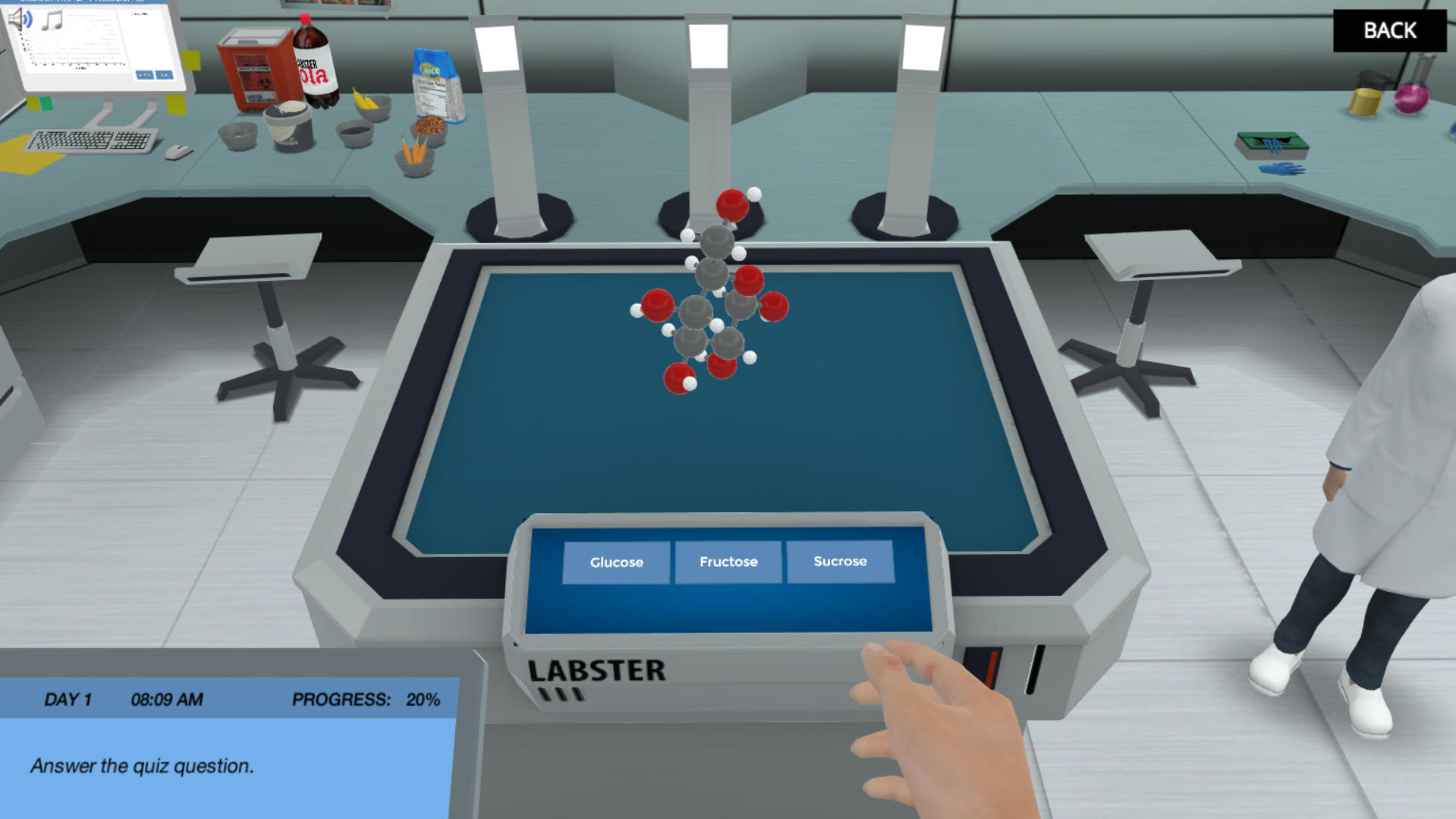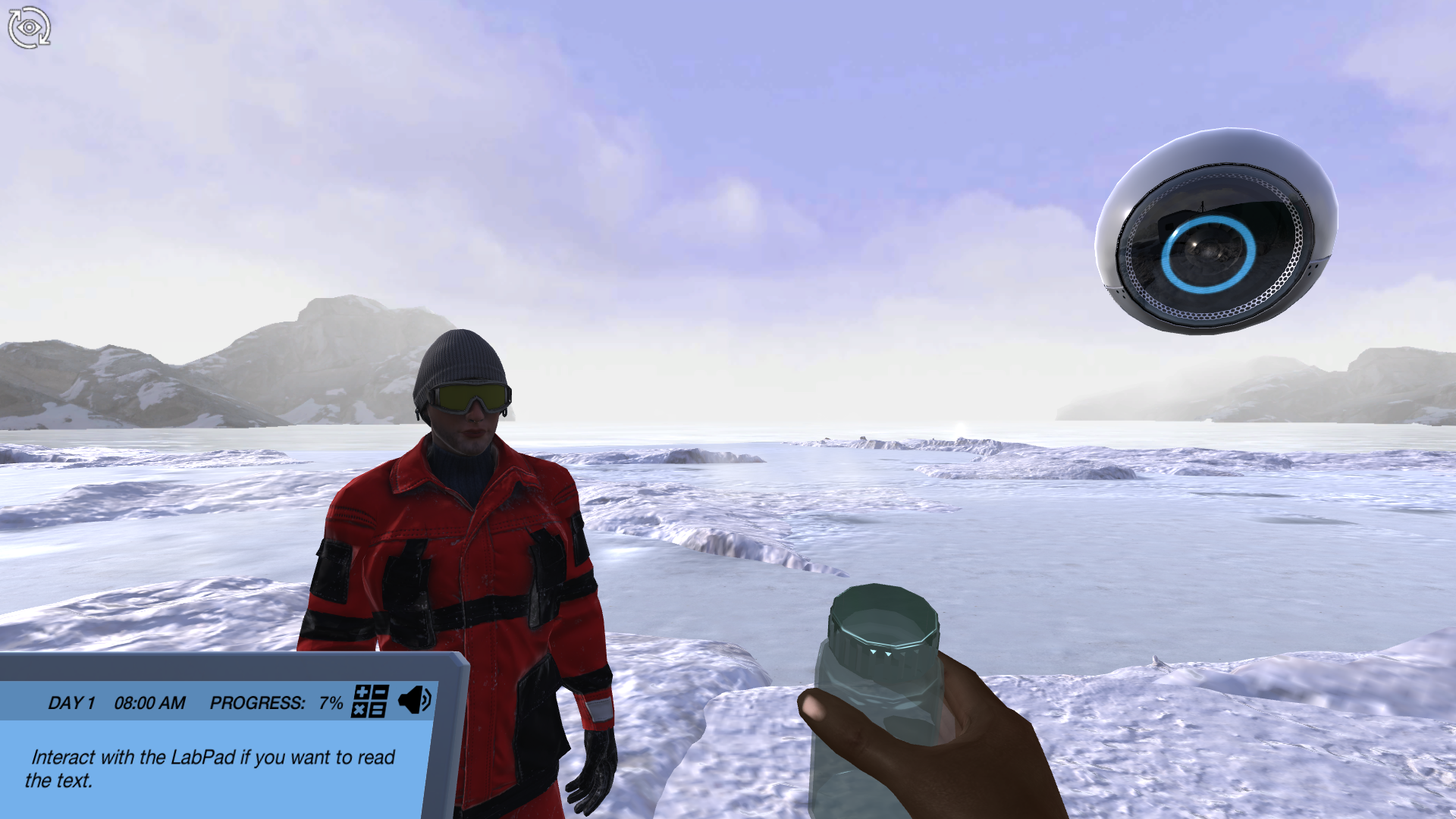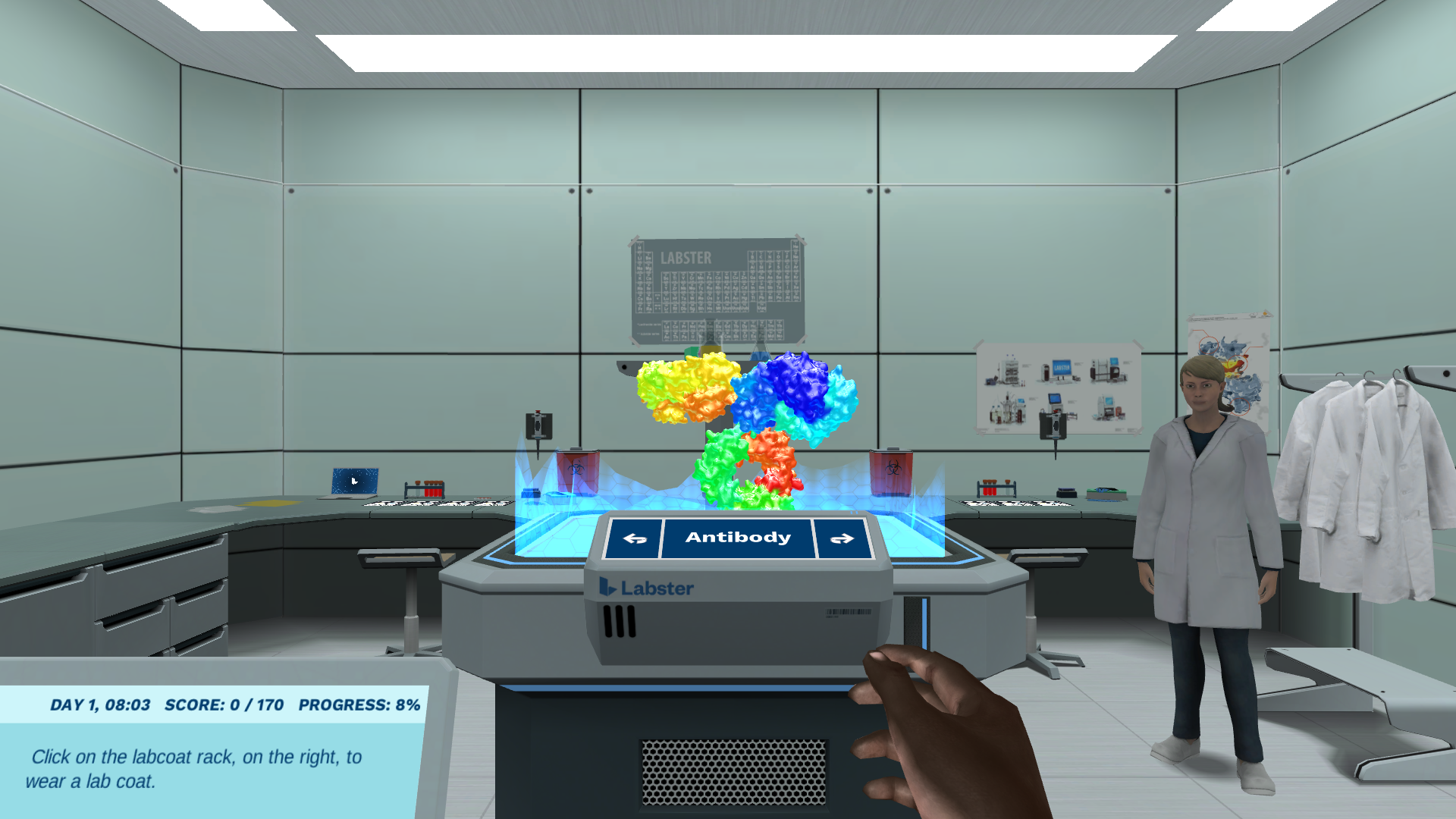Nursing and Health Sciences
Collection Simulations
Electrophilic Addition: Explore reactions of hydrocarbons
Travel to Titan on a reactivity reconnaissance mission and explore this hydrocarbon world. Can you use your knowledge of the electrophilic addition reaction to identify hydrocarbons that you could use to build an extra-terrestrial colony on Titan?
Substitution vs. Elimination Reactions: Predict the outcome
Join Dr. One in the lab to investigate how several types of substitutions and eliminations are competing with each other in organic chemistry. Predict, mix and observe the outcome!
Action Potential Lab: Experiment with a squid neuron
Dissect a squid and use its giant neuron to witness the propagation of information in the shape of an action potential created by an electric current. Use this information to identify a neurotoxin affecting a hospitalized patient.
Exploring Human Reproductive Cells
The Labster fertility center needs your help! Some of the samples of sperm and ova have been mixed up in unlabeled tubes and the team needs your sort this out. While exploring the samples, learn about the process of meiosis and mitosis.
Reactions and Structure: Alkanes, alkyl halides, and organometallics
Host a barbecue with friends and learn about the structures and reactions of some major organic compounds: alkanes, alkyl halides, and organometallics.
Nucleophilic Substitution Reaction: Alkyl halides substrates
Solve a craft beer conundrum using your substitution smarts to design reactions for a unique range of flavor molecules! Will you help draw in a hip crowd with the new beverage flavors you create in the brew lab?
Absorption In the Small and Large Intestines: Journey from the stomach to the bloodstream
In this simulation, you will step into the Anatomy and Physiology lab to discover how essential your intestines are in maintaining human life. Investigate what happens if your intestines malfunction and learn why you really need to eat your veggies!
Cell Membrane and Transport: Learn how transporters keep cells healthy
Discover the structure and function of cell membranes by launching cargo molecules at a virtual cell. Apply your learning back in the lab to improve the health of synthetic cells that the lead researcher wants to use to produce insulin.
Skeletal System: Solve a missing person case
Learn about the skeletal system to help identify a series of bones and solve a missing person mystery.
Microanatomy of a Neuron: Build your own neurons!
Step into Labster's anatomy and physiology lab to learn about the fundamental units of your nervous system; the neurons! Learn about the structure, classification, and special functions of neurons, as well as their mode of communication through synapses.
Skeletal Muscle Movement: Build your own muscle system
Lead the discovery of the skeletal muscle system to help a company build a new personal training app. Investigate muscles’ movement and functional groups to create a better and more tailored training experience!
Meiosis, Mitosis and Plant Gametes
Help the laboratory investigate some of their samples of lily anthers and explore the phases of meiosis in them. Learn the basics of meiosis and mitosis by comparing the two processes.
Sensory transduction: Learn why you feel pain when you get hit by a rock
Learn the basic mechanisms of sensory transduction by performing in vitro and in vivo experiments and determine which anesthetic drug will allow your friend to keep climbing a mountain without having the muscles affected.
Protein Synthesis
Explore the structure of proteins and learn about the synthesis process inside the cells. Examine the protein sequence to understand the differences of protein synthesis in prokaryotes and eukaryotes.
Body Planes and Sections: Locate a chimpanzee’s injuries
In this virtual lab you will help release an injured chimpanzee back into the wild by using your newfound knowledge of body planes and sections.
Redox Reactions: Discover how batteries work!
Build your own battery to power an electric car! Discover the chemical reactions that power batteries by finding oxidation numbers, balancing redox reactions, and experimenting with redox reactions in the lab.
Skin Layers and Organ Anatomy: Follow a skin cell’s journey!
Join our scientists in the Anatomy and Physiology Lab on an exciting journey through human skin layers! Discover the incredible differentiation power of your skin cells and figure out how hair can be both decoration and protection at the same time.
Blood Components: Dive into the microscopic world of blood cells!
Learn how to identify the key, physical characteristics of the blood components and understand their functions. Apply your knowledge to analyze patient’s blood samples and suggest possible diagnoses.
Mitosis: Using a toxic compound from the yew tree in cancer therapy
Join a cell biology research group to find out how a poisonous compound from a yew tree can be used in cancer therapy. You will be immersed in an animation of a human cell and use light and fluorescence microscopy to study cell division.
Fractional Distillation: Separate a liquid mixture into its fractions
Learn how to separate a mixture of liquids into its pure components through fractional distillation. Partner with our lab assistant Dr. One to learn how to use a fractionating column and set up a successful distillation!
The Peripheral Nervous System: Create a model of the nervous system
Learn about the nerves that make up the peripheral nervous system and create a working model of the system. Test out your new model by tracking a motor signal traveling from the central nervous system to the thumb!
Reactions and Structure: Alkenes
From explosions to color changes, discover some of the amazing ways alkenes act as the starting point of countless reactions in organic chemistry. Learn about the structural characteristics and classification of alkenes as you observe how they transform major organic compounds.
Elimination Reaction: Use cyclohexanol to create polymers
Join Kim in the Polymer Research Lab to solve the puzzle of unexpected side product formation in their optimized cyclohexanol elimination reaction. Use and expand your organic chemistry knowledge to do this and get the polymer production back on track.
Atomic Structure: Assess the possibility of life on other planets
Learn about the atomic structure of the elements and investigate the properties of element samples from an exoplanet to assess whether life on it is a possibility. Find out what differentiates an atom from an ion and define the isotopes of an element.
Introduction to the Central Nervous System: Explore your body’s command center!
Enter Labster's Anatomy and Physiology lab to explore the structures and functions of the brain and spinal cord; the two elements of the central nervous system. Can you help our lab assistant struggling with aphasia understand which area of their brain might be impaired?
Introduction to Pulmonary Ventilation: Process of respiration and physiology of the respiratory system
Join us in Labster's Anatomy and Physiology Lab to explore the physiology of pulmonary ventilation and learn about the structure, functions, and impairments of the respiratory system.
Gross Function of the Nervous System: Let your brain learn about itself
Enter Labster's Anatomy and Physiology lab to explore the structures and functions of the central and peripheral nervous systems. Learn about the nervous system’s fundamental cells and neurons and how they communicate with each other through synapses.
Anatomy of the Respiratory System: Help rebuild a broken system
Learn about the anatomy and functions of the upper and lower respiratory tract while rebuilding the respiratory system on a broken model. Follow the journey of air all the way from the nasal cavity to the alveoli.
Introduction to the Male Reproductive System: Dive inside the duct system!
Explore and label an interactive detailed 3D model of the male reproductive system. Dive even deeper by traveling inside the male reproductive tract, learning about the locations of the ducts and functions of the glands along the way.
Introduction to the Female Reproductive System
Enter Labster's Anatomy and Physiology lab to explore female gross anatomy and learn about the structure, function, and physiology of the female reproductive system.
Fundamental Mathematics: Density
Develop your mathematical skills in density by practicing the formula. Build confidence in rearranging equations, solving problems, and applying density in real-life contexts.
Scientific Notation: Converting large numbers
Master scientific notation by converting large and small numbers with precision. Build confidence and accuracy by practicing at your own pace.
Fundamental Mathematics: Logarithms and Exponentials
Master logarithms and exponentials with virtual practice! Strengthen your calculation skills and confidently apply them to real-world problems.
Fundamental Mathematics: Conversion factors and dimensional analysis
Explore dimensional analysis and unit conversions with interactive challenges! Hone your problem-solving abilities applied to real-world applications.
Fundamental Mathematics: Significant Figures
Develop the skills for precise measurement with significant figures! Boost your confidence, accuracy, and calculation skills with a hands-on learning experience.
Urinalysis: Analyze urine to suggest a diagnosis
Perform the three stages of urinalysis on a variety of urine samples collected from patients. Apply your knowledge of urine's macroscopic, chemical, and microscopic properties to interpret the urinalysis results and suggest a plausible diagnosis.
Body Structure and Organization: Help identify a potentially failing organ system
Learn about organ systems, their major functions, and the body cavities they're placed in, then use this knowledge to help respond to a medical emergency. Can you connect a patient’s symptoms to a potentially failing organ system?
Cancer: Impact of BRCA mutations
Investigate the principles of cancer development and cancer-related gene mutations to assess the risk of breast cancer development in a patient with a history of cancer in the family.
Introduction to Immunology: Organs and cells of the immune system
The immune system is a complex structure of cells, tissues and organs that work together to protect our bodies from infection. Dive into the complex structures and functions of those organs and cells that protect us from various pathogens every day!
Immunology: Immunoassay for detecting SARS-CoV-2 antibodies
Investigating antibody production patterns in populations helps us understand how diseases like COVID-19 spread. Conduct immunoassays to detect blood serum IgG and IgM to discover the vaccination and infection status of a community exposed to SARS-CoV-2.
Comparing Bacterial Structures
Explore the similarities and differences between bacterial and eukaryotic cell structures. Discover what structural features allow bacteria to survive in extreme environmental conditions.
Bacterial Shapes and Movement
Explore different bacterial shapes by using a microscope to look at a sample of bacteria from Antarctica.
Introduction to Protein Synthesis
Explore the structure of proteins and learn about the synthesis process inside the cells.
Cellular Respiration: Respirometry
Observe how we can monitor and better understand respiration by a method known as Respirometry. Learn the effects of exercise of respiration by observing glucose levels and oxygen consumption through a model organism: a mouse.
Cellular Respiration: The Electron Transport Chain
Take dive inside a mitochondrion to learn all about the electron transport chain (ETC) and pass on your findings to the basketball team so they can learn too!
Cellular Respiration: The Krebs Cycle
Help a basketball team learn about what happens in the second stage of cellular respiration, the Krebs cycle, to help them improve their longevity in the game!
Cellular Respiration: Glycolysis
Help the basketball players understand how the food they eat gets converted to energy by investigating glycolysis, the first stage of cellular respiration.
Muscle tissues: An overview
Explore the distribution and function of the three different muscle tissues found in the human body. Examine them down to the cellular level and dive further into their molecular structures to reveal the fascinating mechanisms behind muscle contractions.
Homeostatic Control: How does the human body keep itself in balance?
Ever wondered how your body constantly regulates itself to stay healthy? Visit the Homeostatic Control lab to learn all about the concept of homeostasis and how it can be applied to a wide range of systems, from blood pressure to body temperature.
Exercise Physiology
In this sports science lab, you will find out how only three times ten minutes of supramaximal sprint interval training per week can increase your exercise capacity and fitness level.
Smooth muscle: Learn how your gut contracts!
Join a physiology laboratory to understand how smooth muscle contracts by performing several in vitro experiments, and help your friend identify the cause of her intestinal pain.
Skeletal Muscle: Learn about the muscles we use to walk and run
Investigate the properties of two types of skeletal muscle and analyze their fiber composition. Use histochemistry and force transduction to compare muscles and learn why you can stay energized on long walks but get tired from a short sprint.
Renal Physiology: Find the mode of action of a diuretic drug
Explore the structure of the kidney and discover its different functions by trying to uncover the mode of action of a new diuretic drug that has the potential to prevent hypertension.
Cell Division (Principles): Mitosis and Meiosis
Join a cell biology research group to find out how a poisonous compound from a yew tree can be used in cancer therapy. You will be immersed in an animation of a human cell and use light and fluorescence microscopy to study cell division.
Introduction to Immunology: Explore the immune system and save the world!
Global health is everyone’s responsibility. Become a pathogen and invade a body to discover how immune cells and organs provide protection. Learn how researchers from across the planet work together to save the world from pathogenic infections.
Hematology: Introduction to Blood
Explore the morphology of different types of blood cells and differentiate them via Giemsa staining. Separate the components of blood and analyze the results of blood samples using an automated hematology analyzer.
Control of Microbial Growth: Explore decontamination and selective toxicity
A dental patient’s recurrent infection is becoming dangerously septic. Your task is to investigate the cause using diffusion disc assays and prevent further cases by exploring sterilization, decontamination & selectively toxic infection control methods.
Your Diet and Your DNA
Follow Lily’s quest for planning a healthy diet for her best friend, Mia, who is lacking energy for her athletic performances, and learn how an unhealthy diet can impact DNA stability by measuring telomere length and DNA adducts from human samples.
Endocrinology: Learn how contraceptives work
Develop a method for keeping a population of rabbits under control by using hormonal treatments. Investigate how different concentrations of different hormones impact the fertility of male and female rabbits.
Diabetes
Learn the basics of Type II diabetes.
Cardiovascular Function During Exercise: Learn how your body reacts to exercise
Use medical tests to gather information about patients and determine how their cardiovascular systems respond to different exercise intensities.
Cellular Respiration: Measuring energy consumption during exercise
Help basketball players understand how the food they eat gets converted to energy through glycolysis, the Krebs cycle and the electron transport chain. Use a mouse model to experiment on the effect of exercise intensity on oxygen and glucose consumption.
Cellular Respiration (Principles): Measure energy consumption during exercise
Help local basketball players understand how the food they eat gets converted to energy through cellular respiration. Use a mouse model to find out what effect exercise intensity has on oxygen and glucose consumption.
Cell Structure: Cell theory and internal organelles
Explore different cell samples under the microscope to identify the differences between eukaryotes and prokaryotes. Build the structure of an animal cell and choose the internal organelles of four specialized cells.
Carbohydrates: The sugars that feed us
The Carbohydrates Lab explores how carbohydrates are broken down by the digestive system and taken up into the bloodstream.
Bacterial Cell Structures: An introduction to the bacterial cell
Visit a research station in Antarctica and help the researcher Nicolas explore bacteria in melting water. Uncover the features that are necessary for bacterial survival and compare these to other bacteria living elsewhere.
Antibodies: Why are some blood types incompatible?
Learn about the concepts of antibodies and antigens, as well as the ABO and Rhesus blood grouping systems and their importance in blood transfusions. Then, you will help a young couple determine a potential risk for Rhesus disease in their unborn child.
Boost STEM Pass Rates
Boost Learning with Fun
75% of students show high engagement and improved grades with Labster
Discover Simulations That Match Your Syllabus
Easily bolster your learning objectives with relevant, interactive content
Place Students in the Shoes of Real Scientists
Practice a lab procedure or visualize theory through narrative-driven scenarios





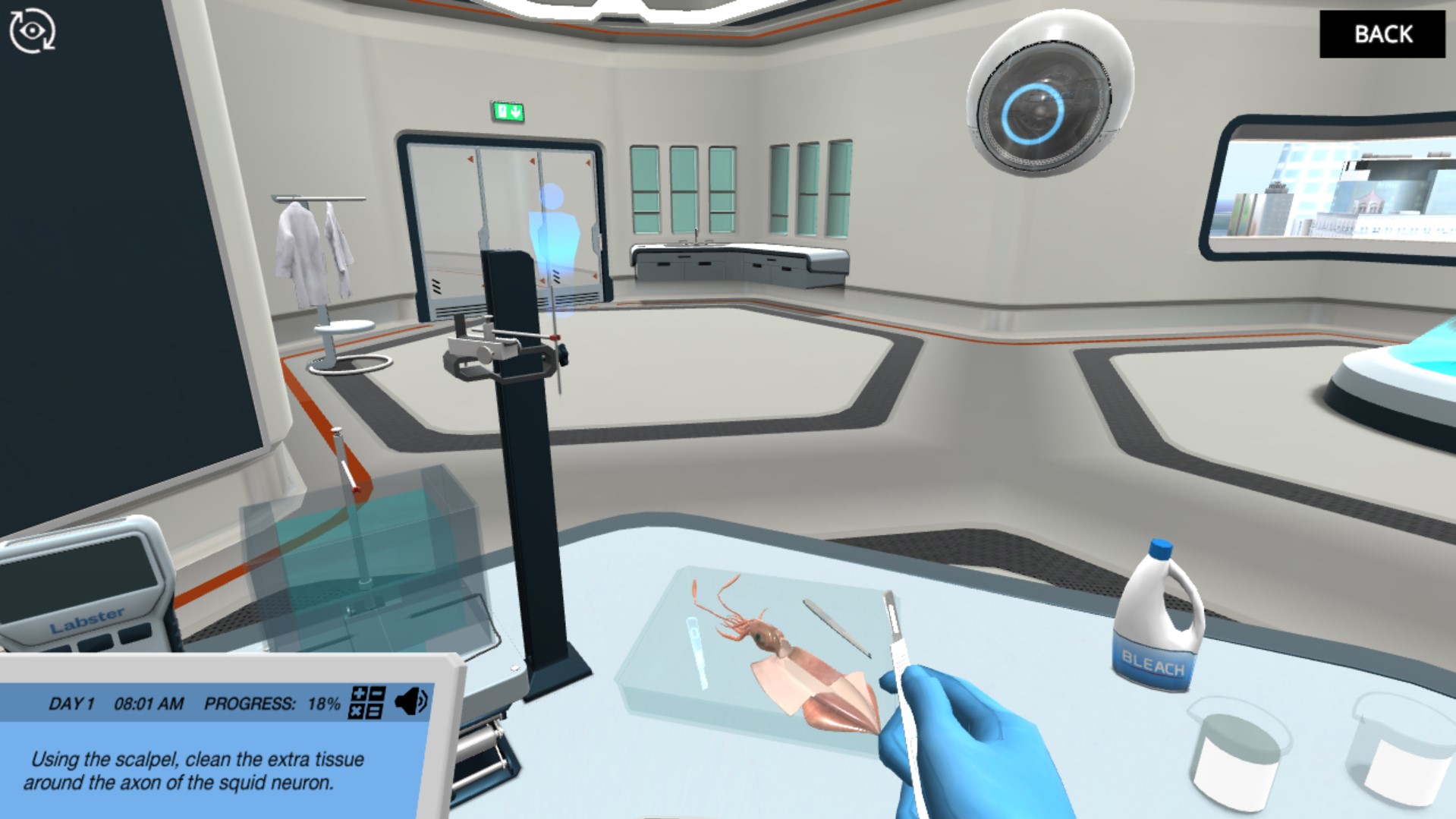
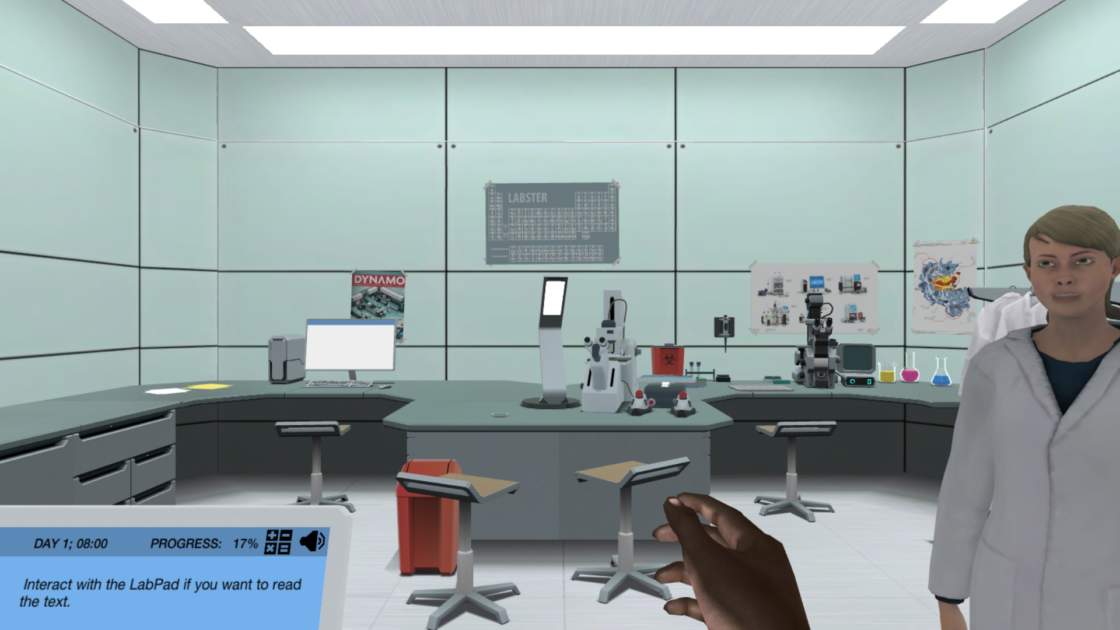
.png)
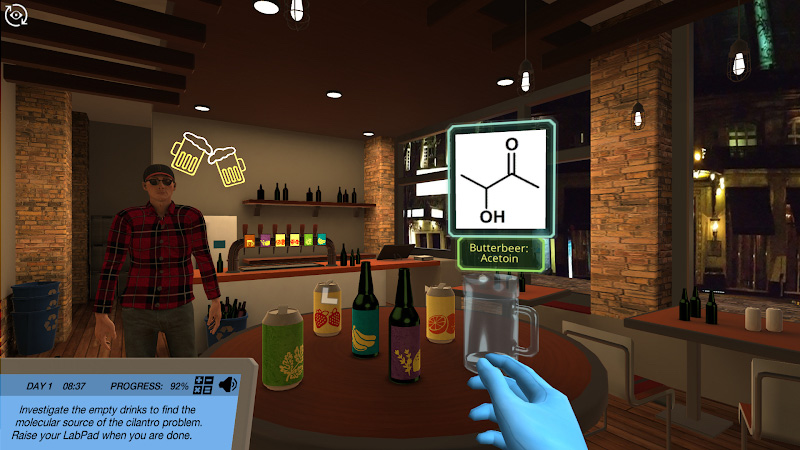

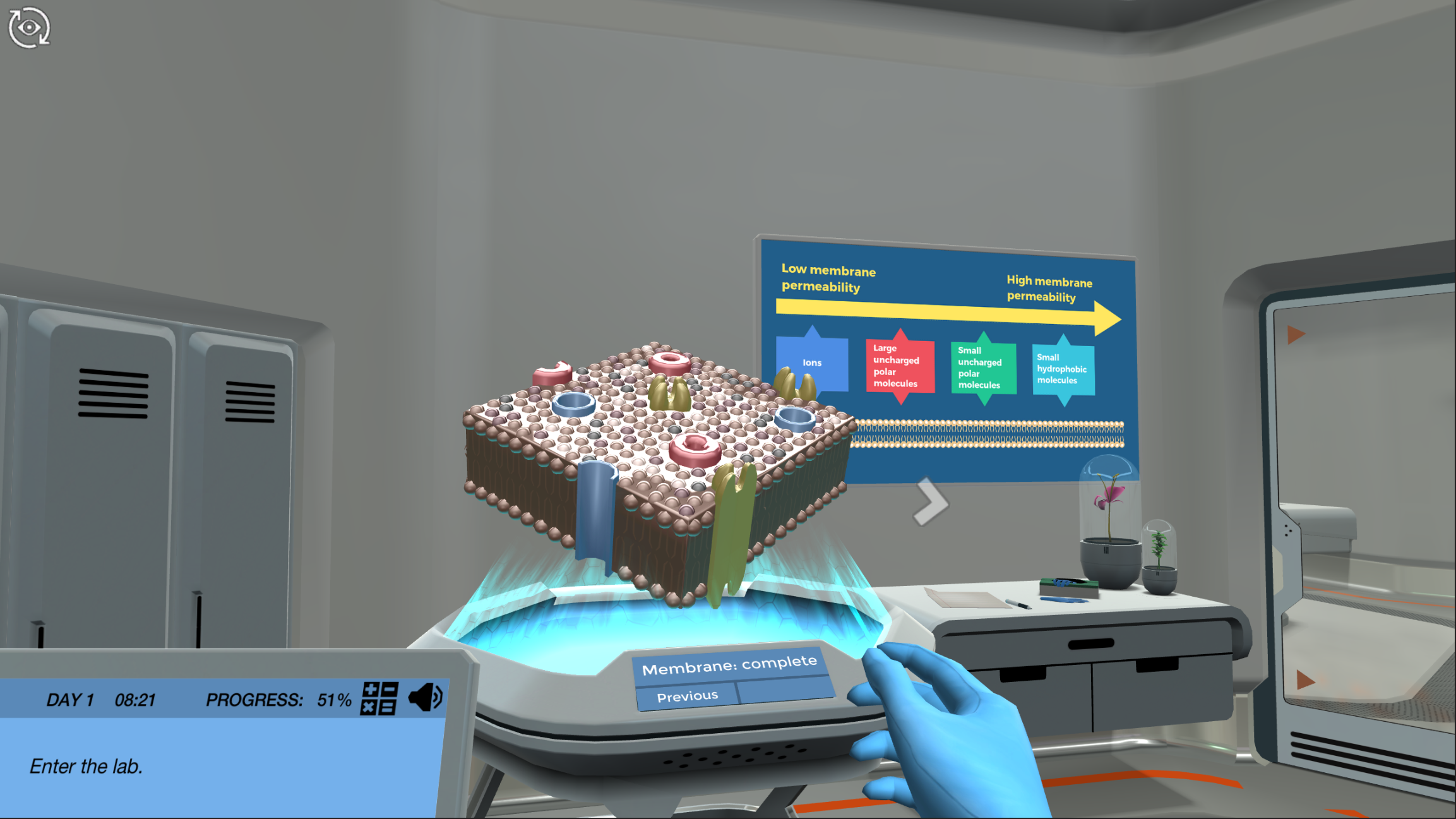
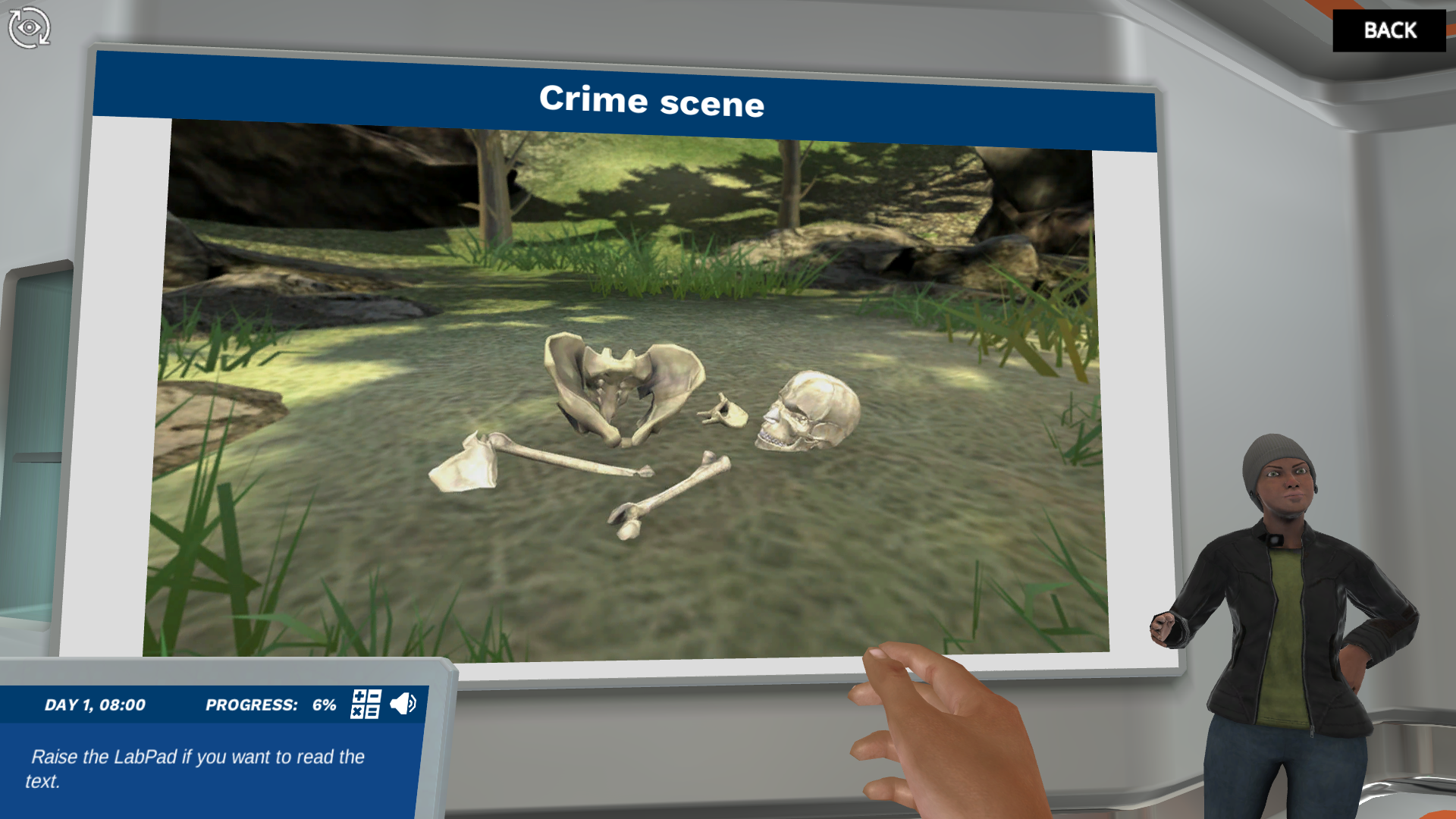
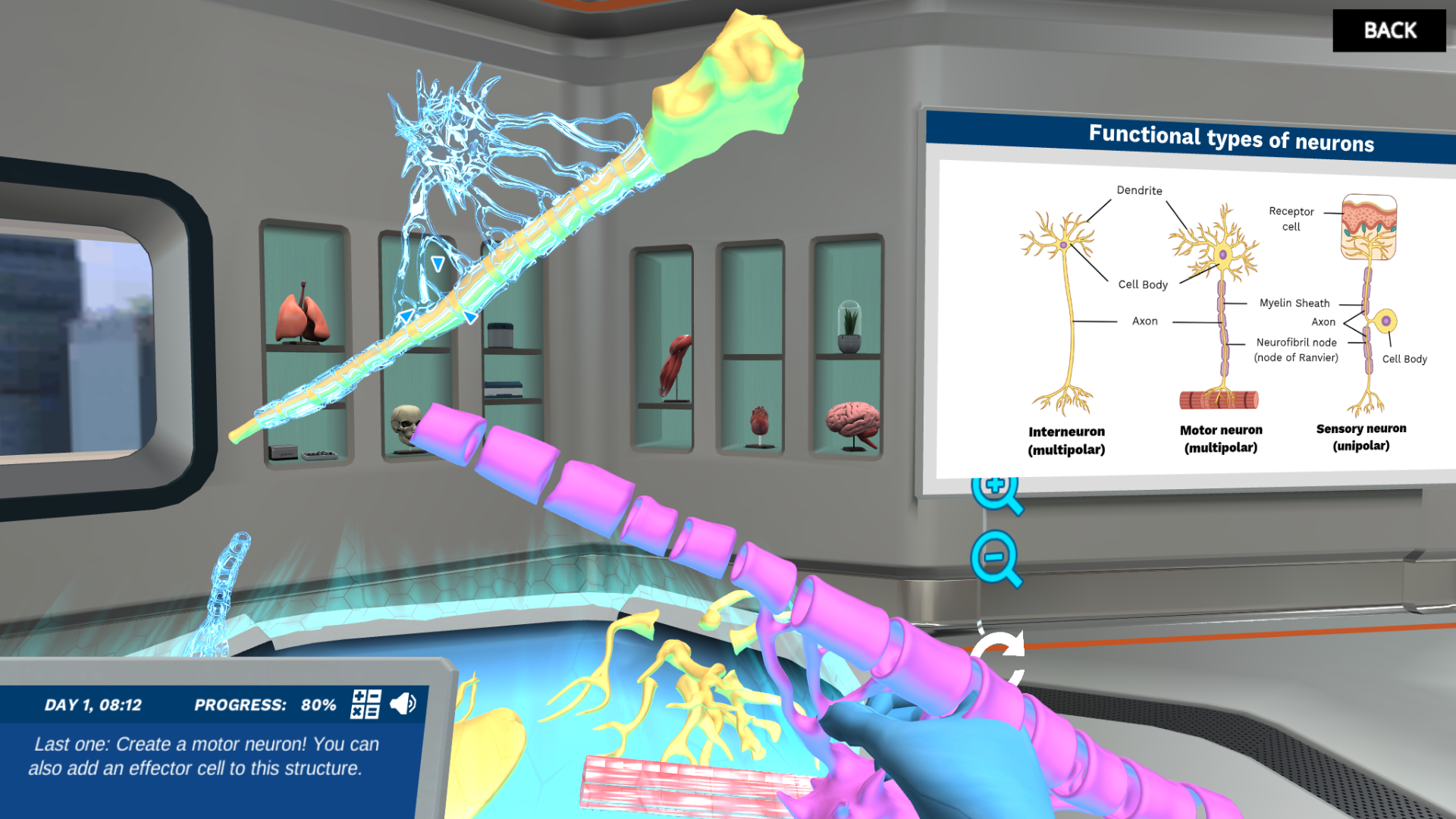
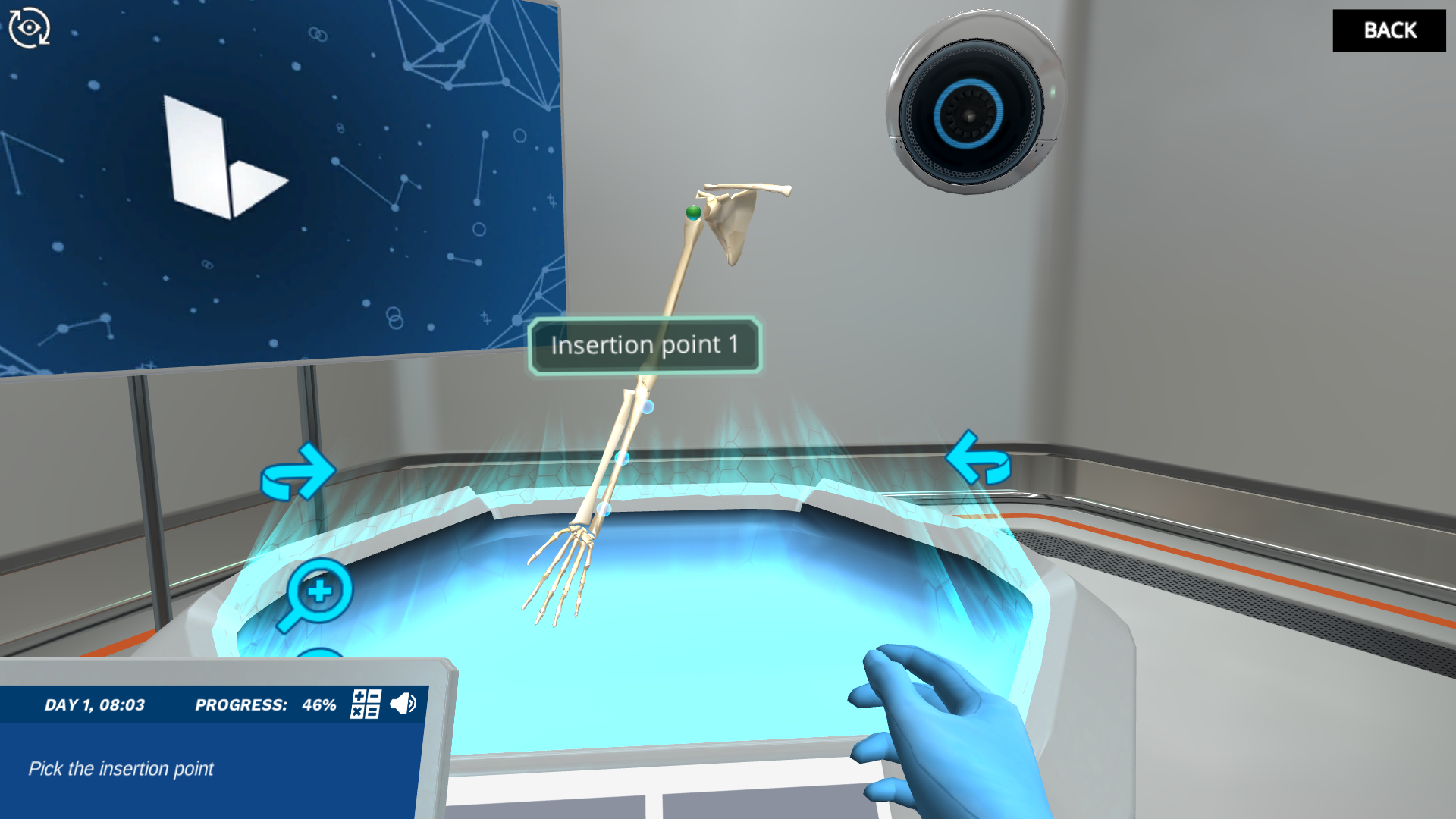

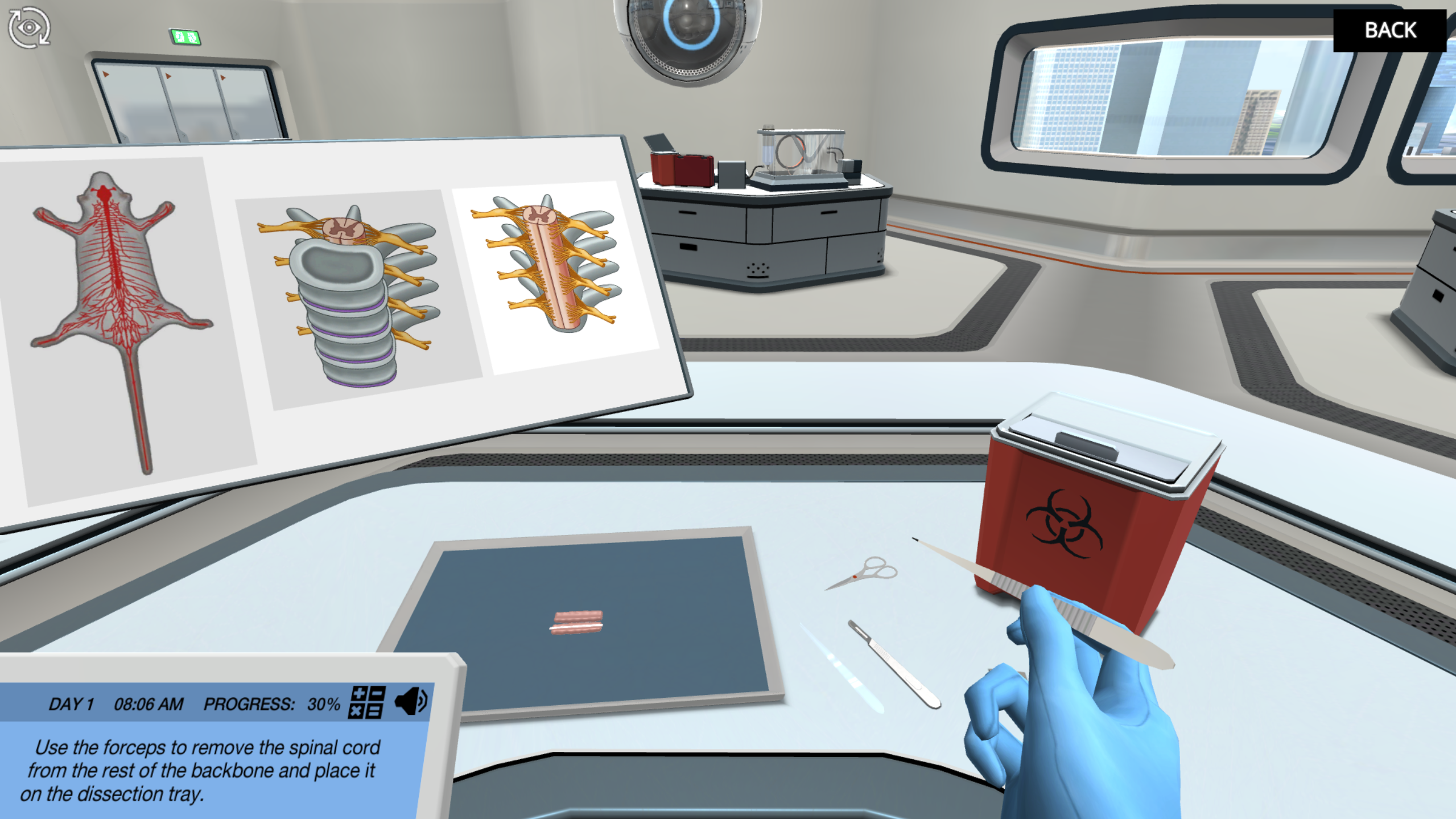

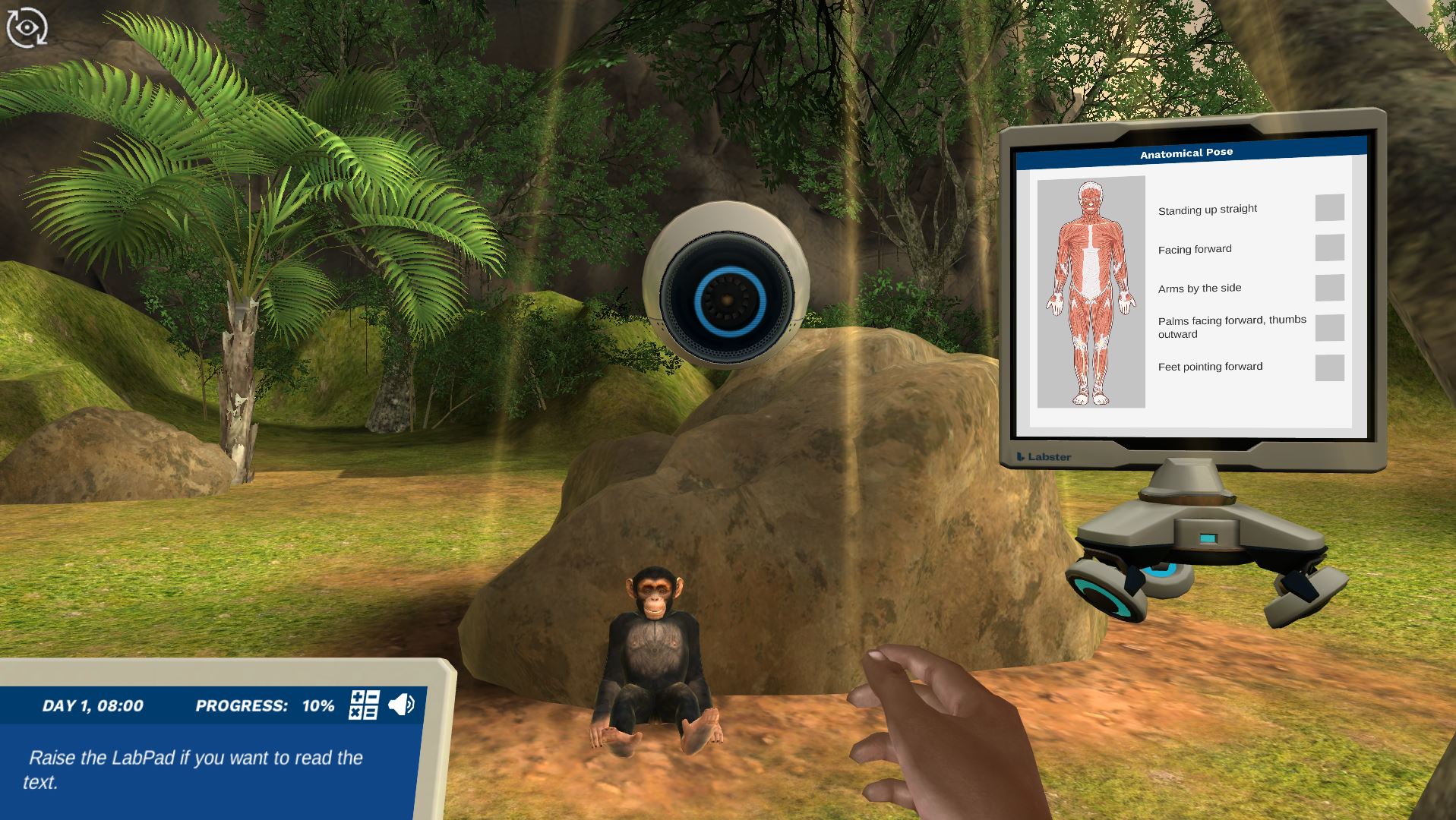
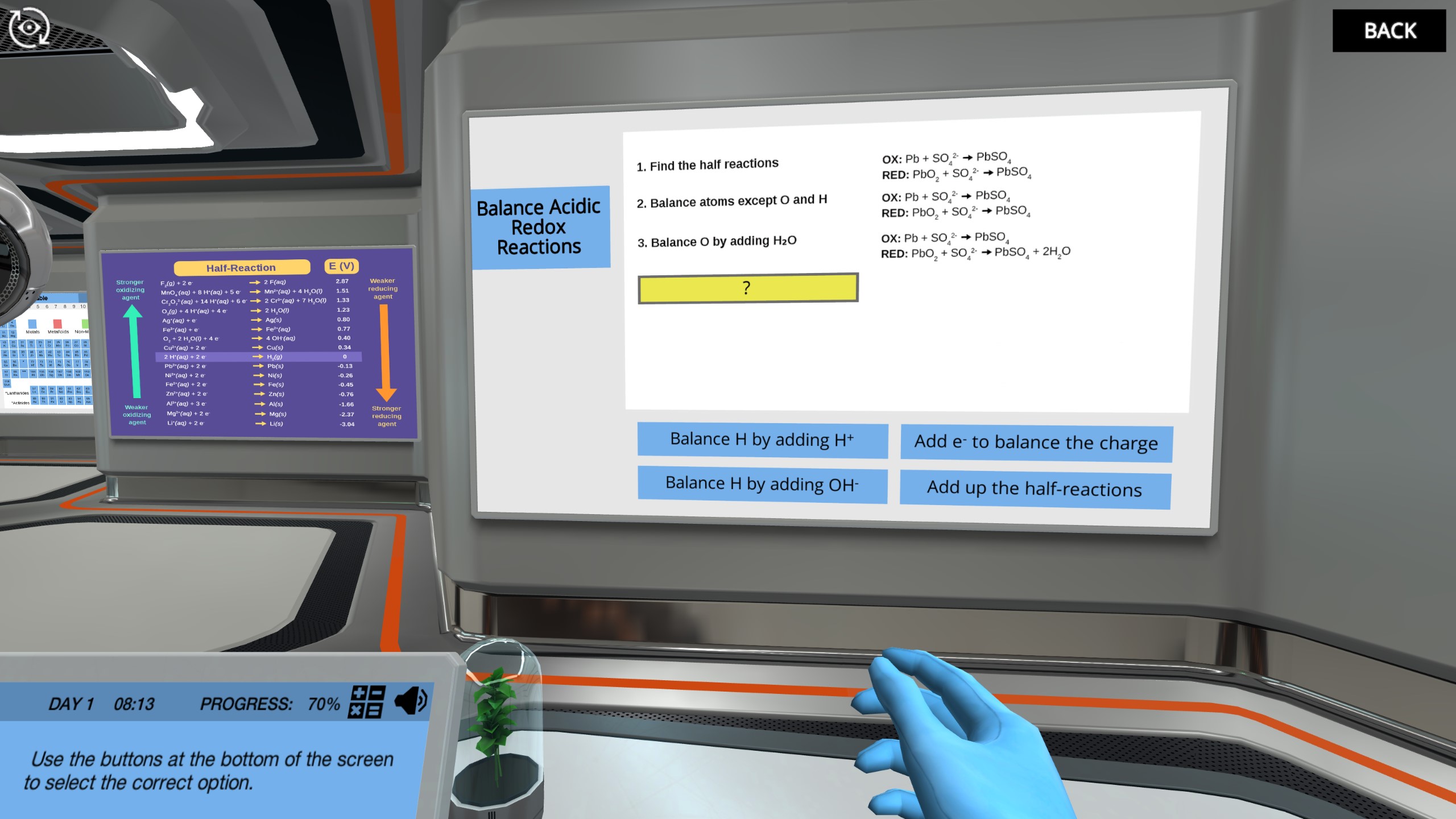

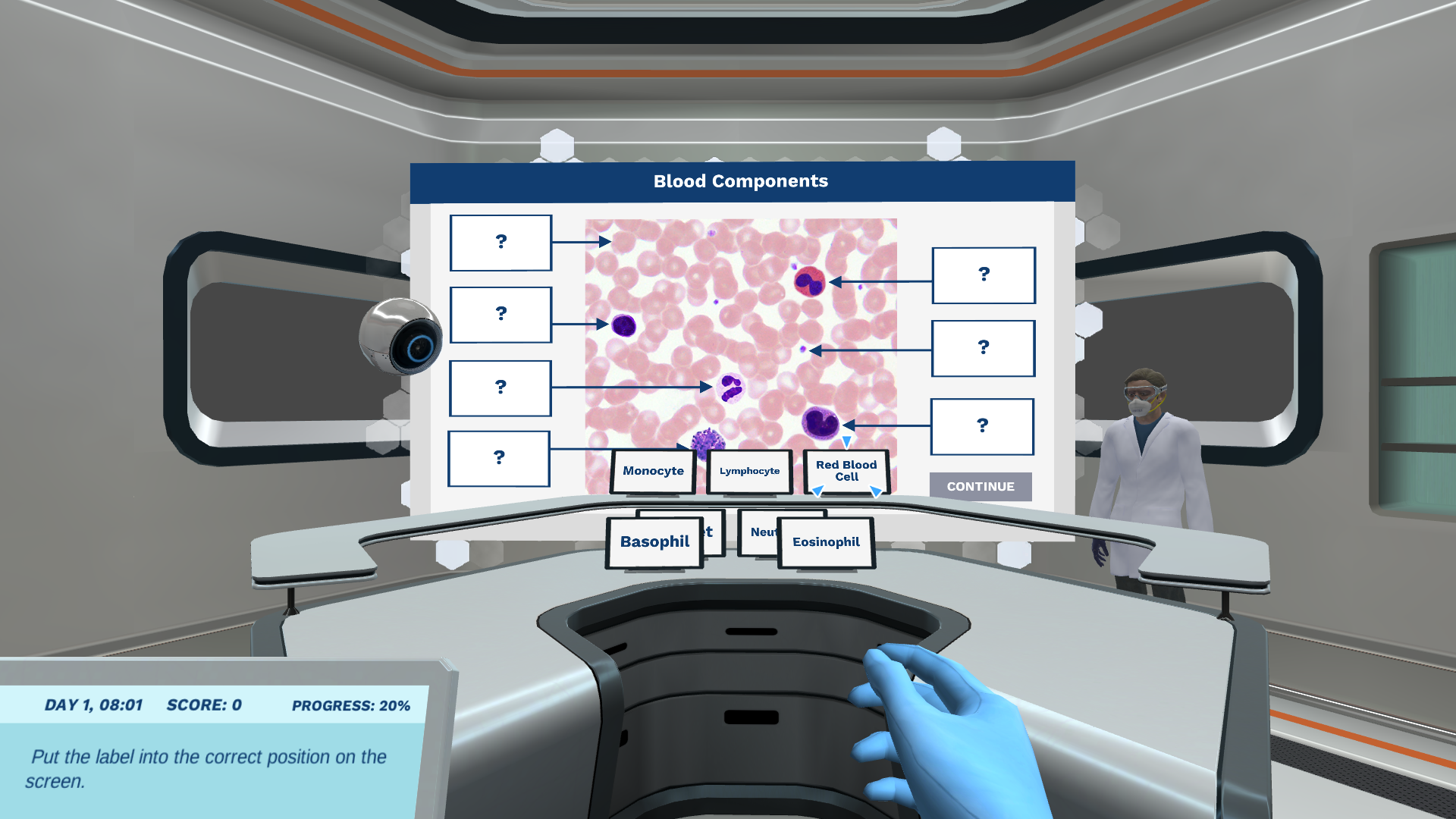
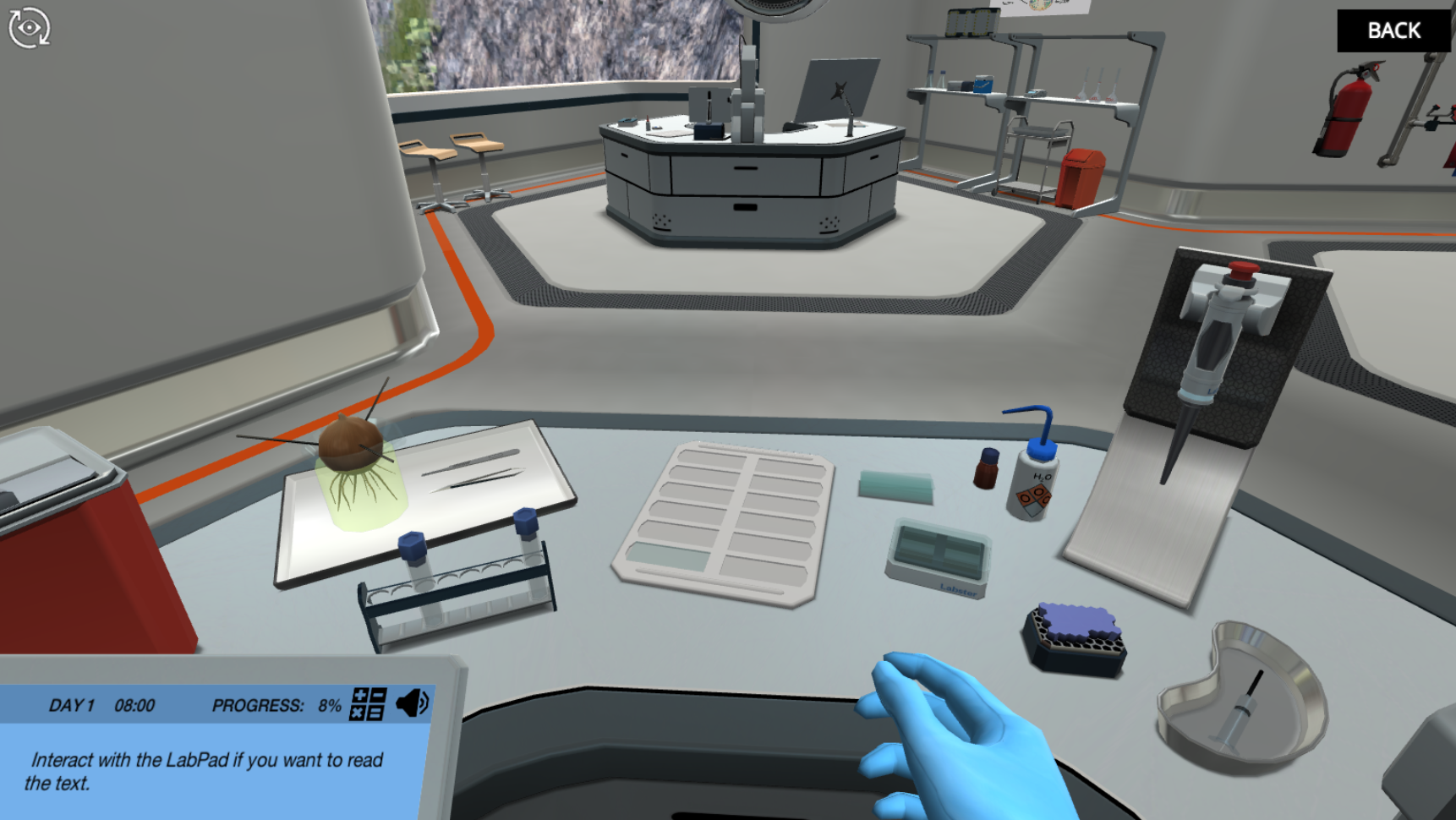
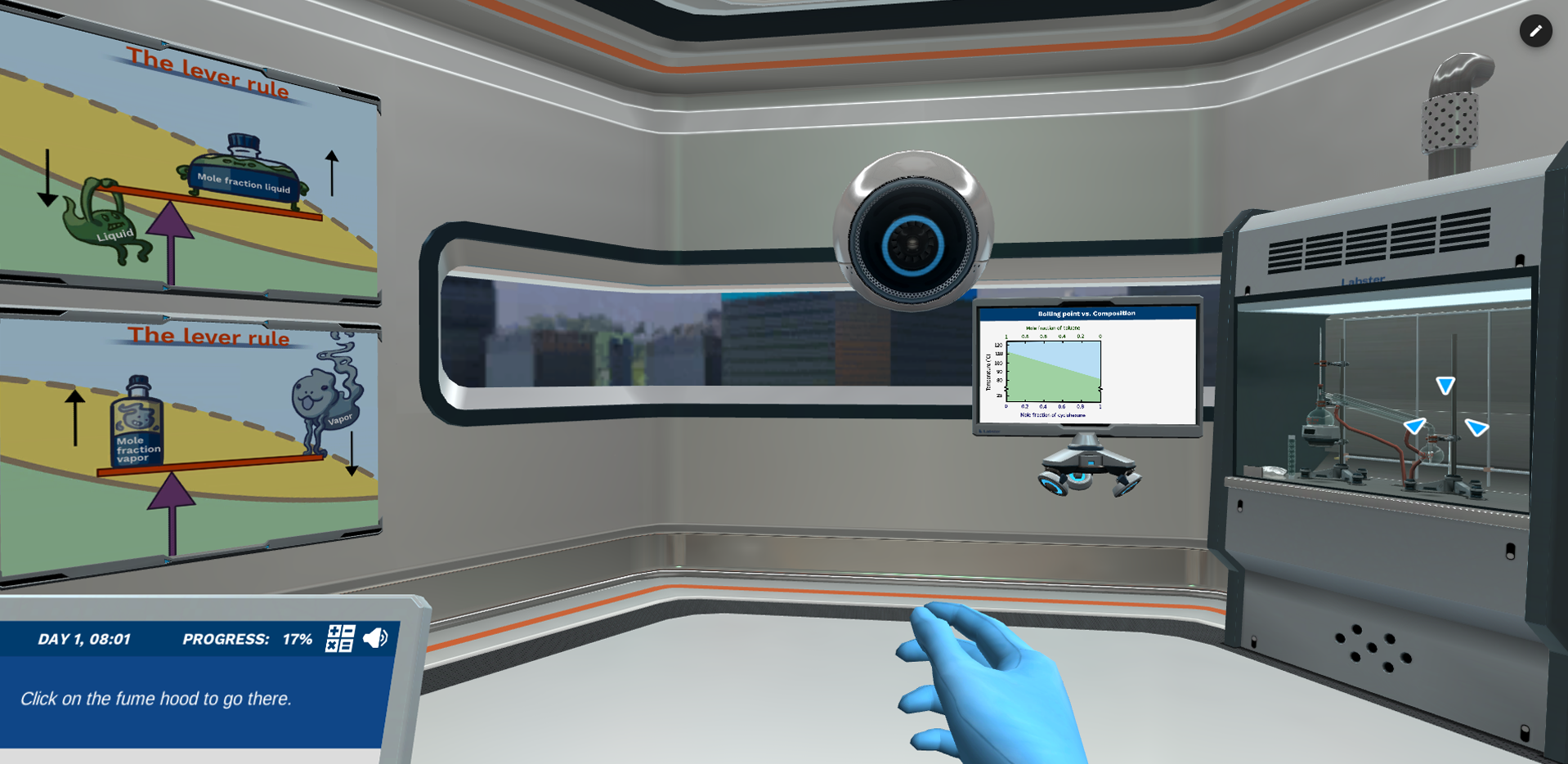
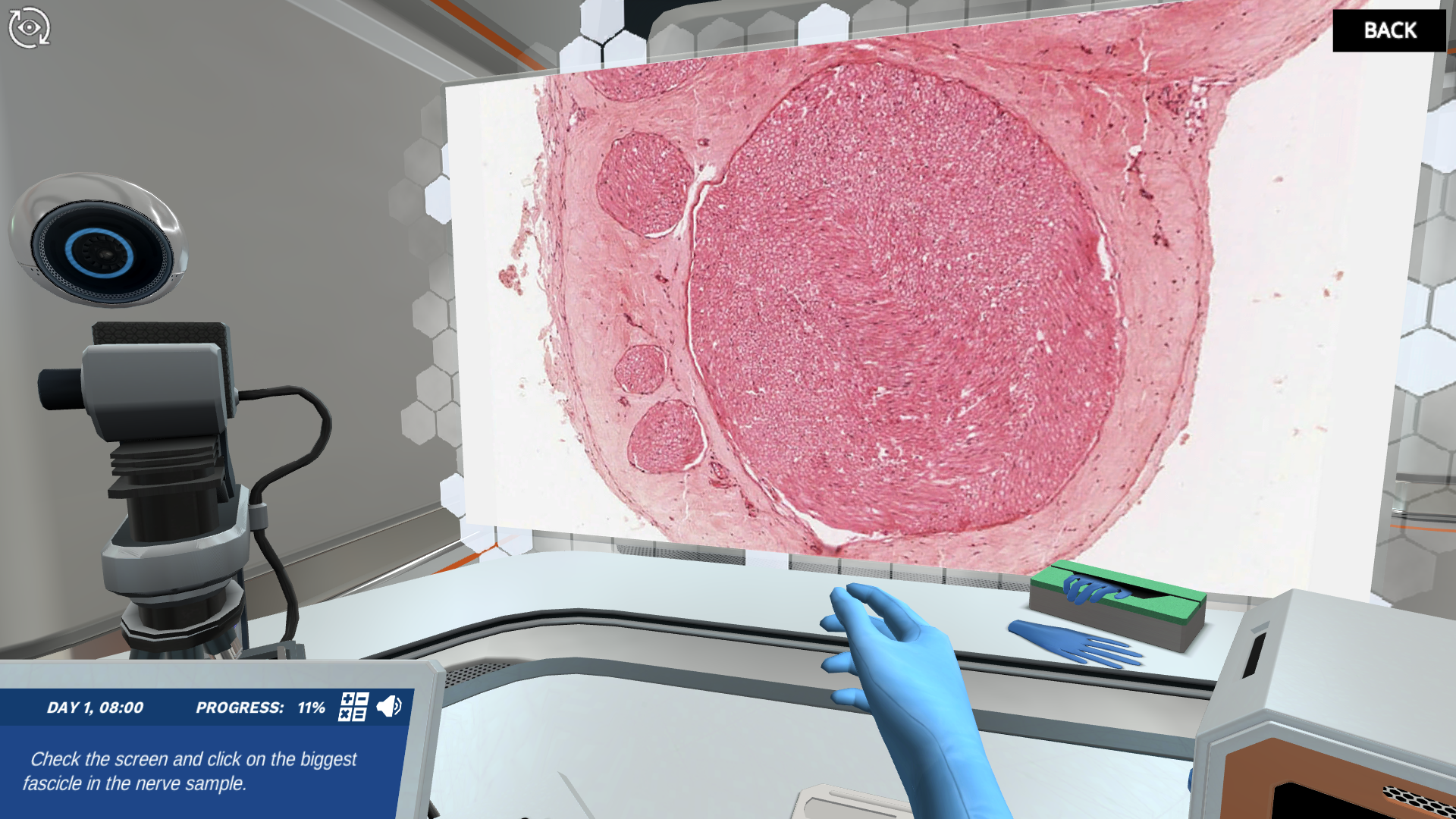
.png)
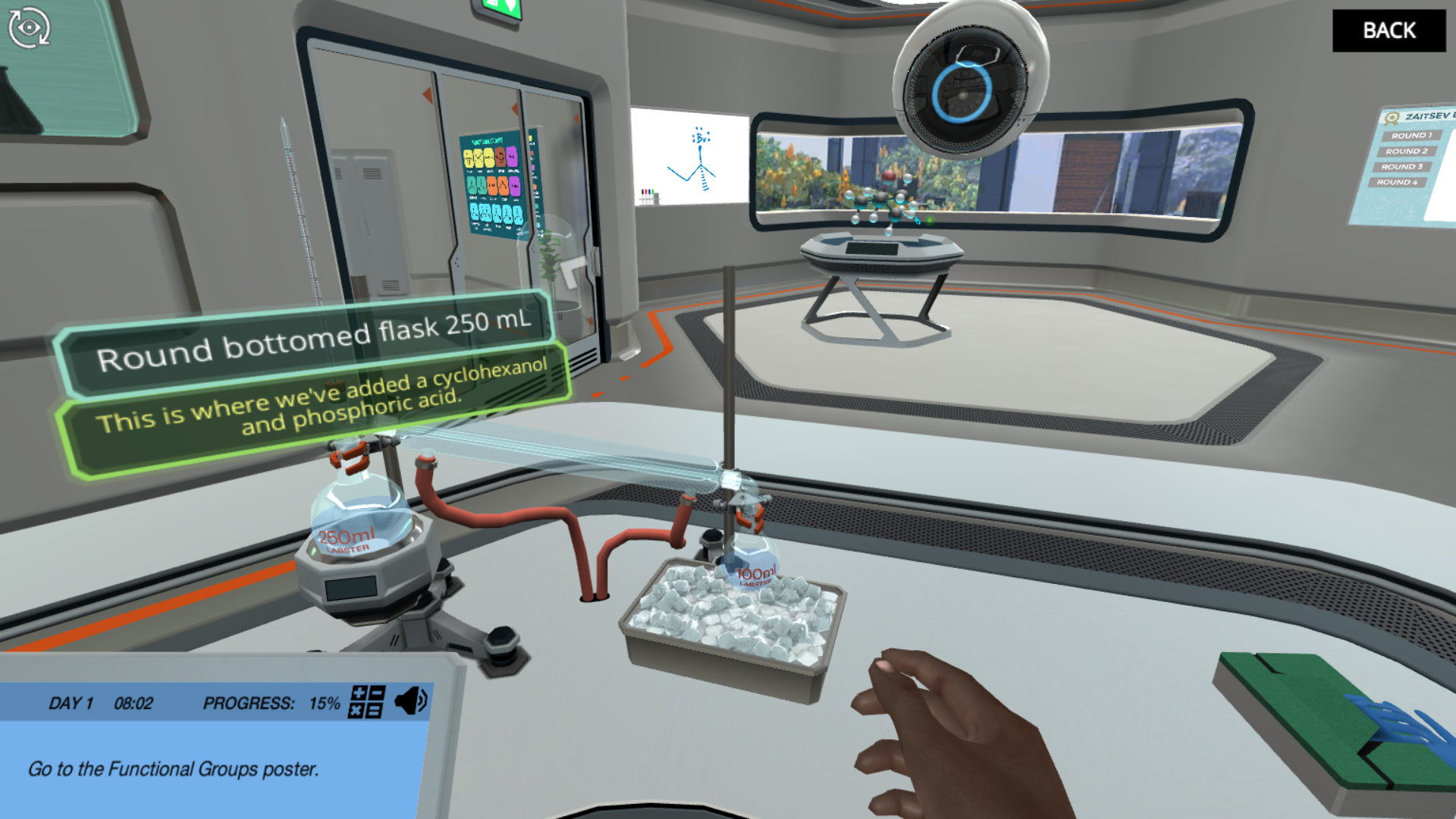
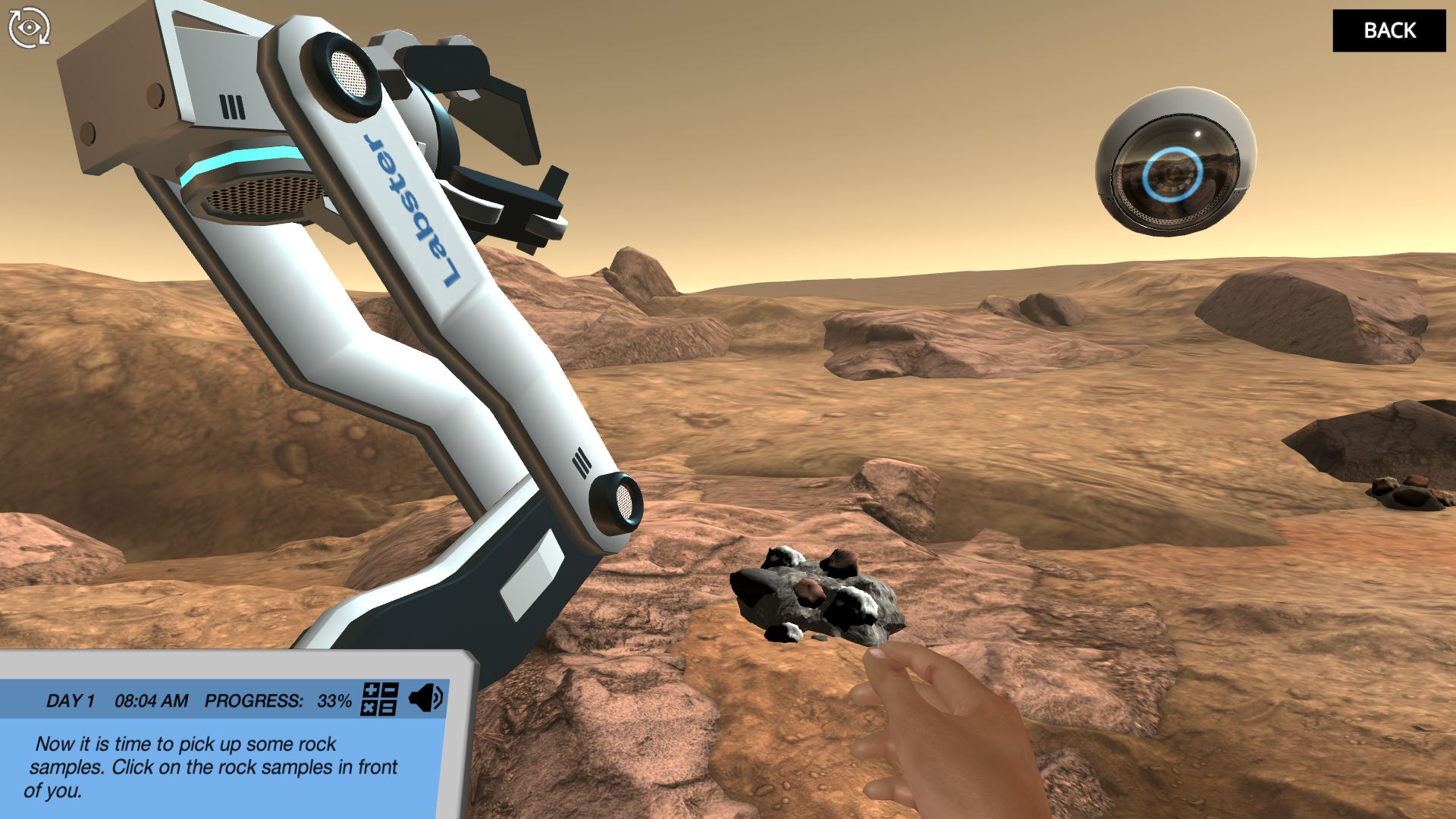


.png)
.JPG)
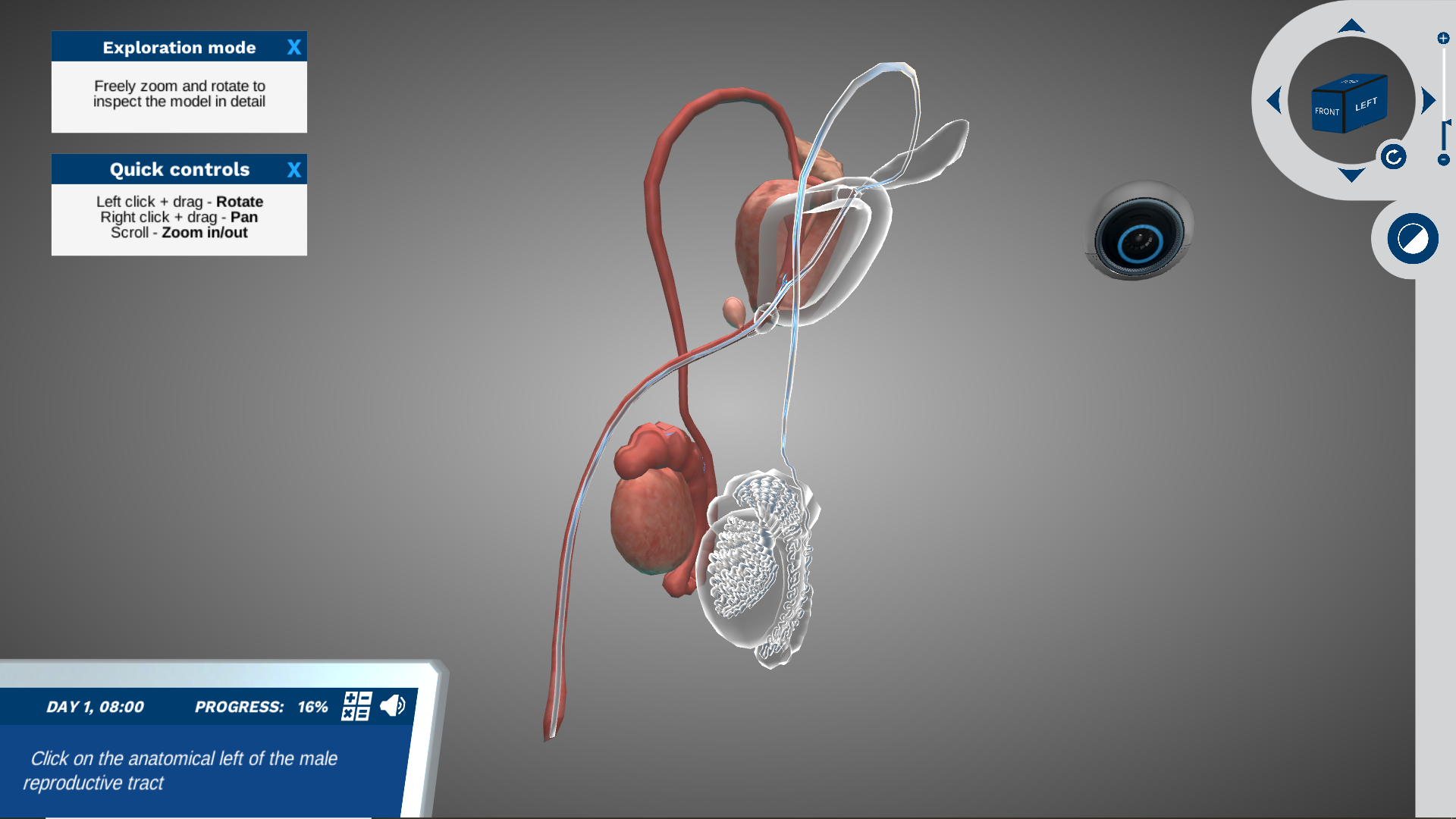

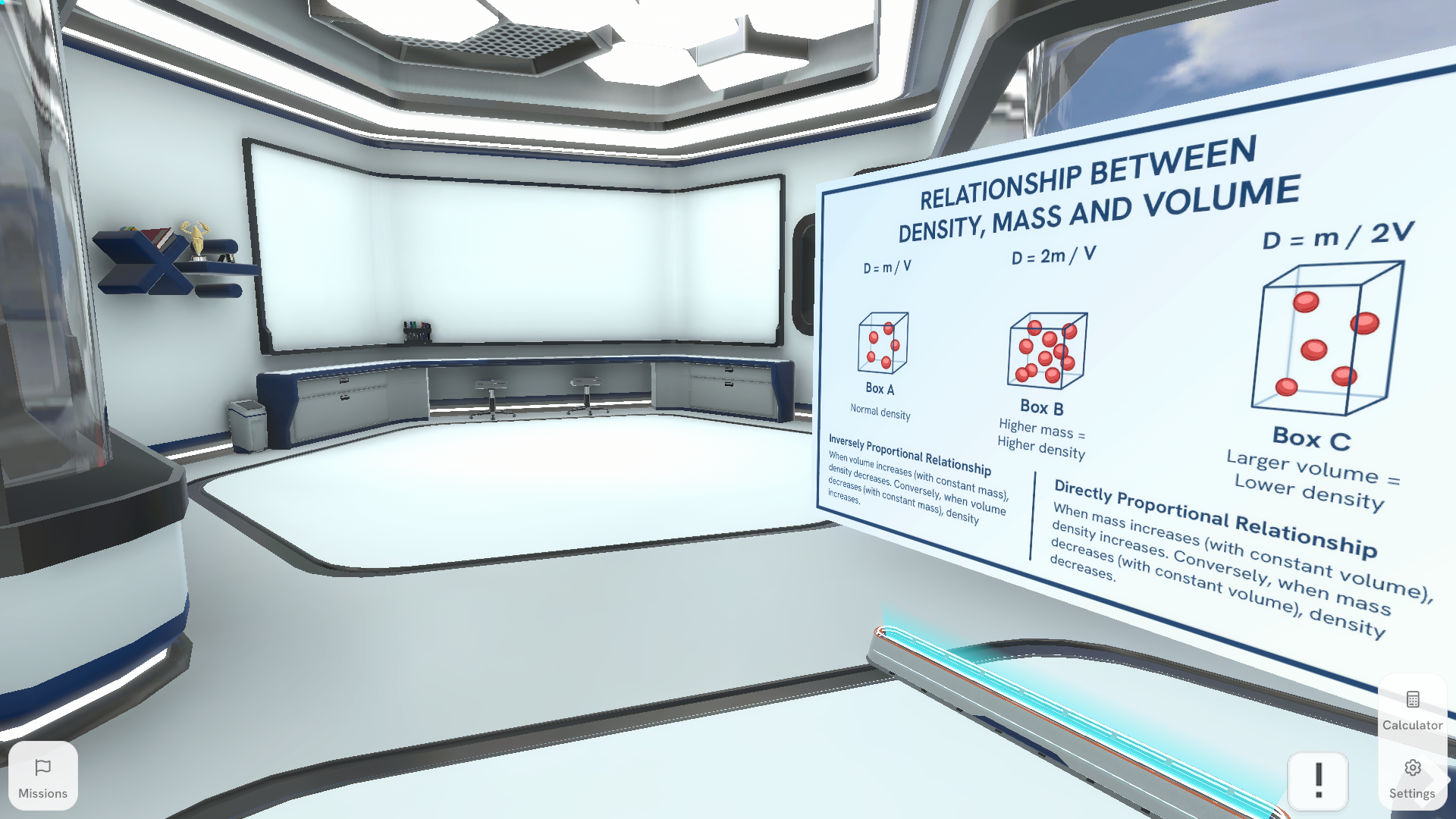
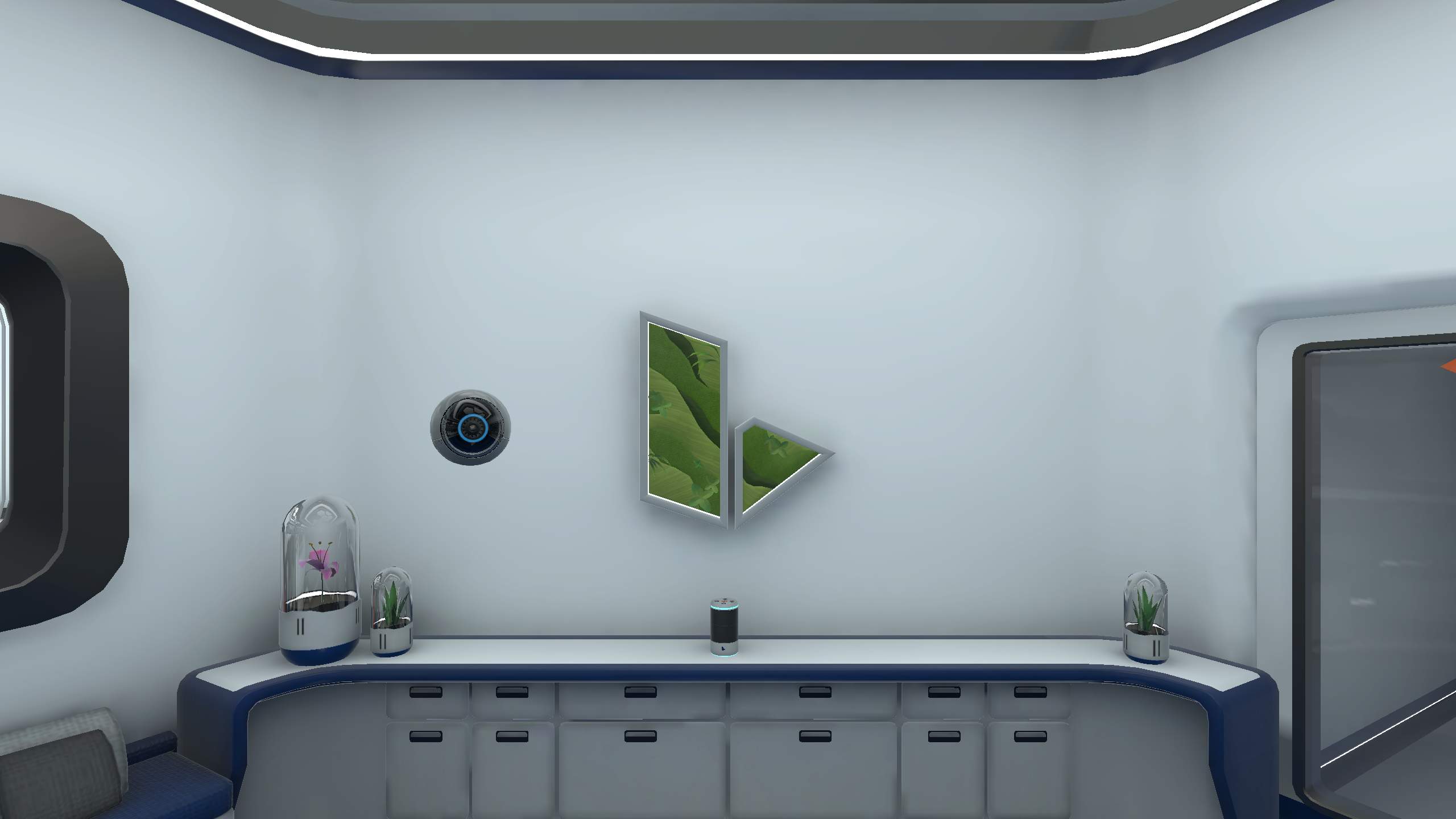
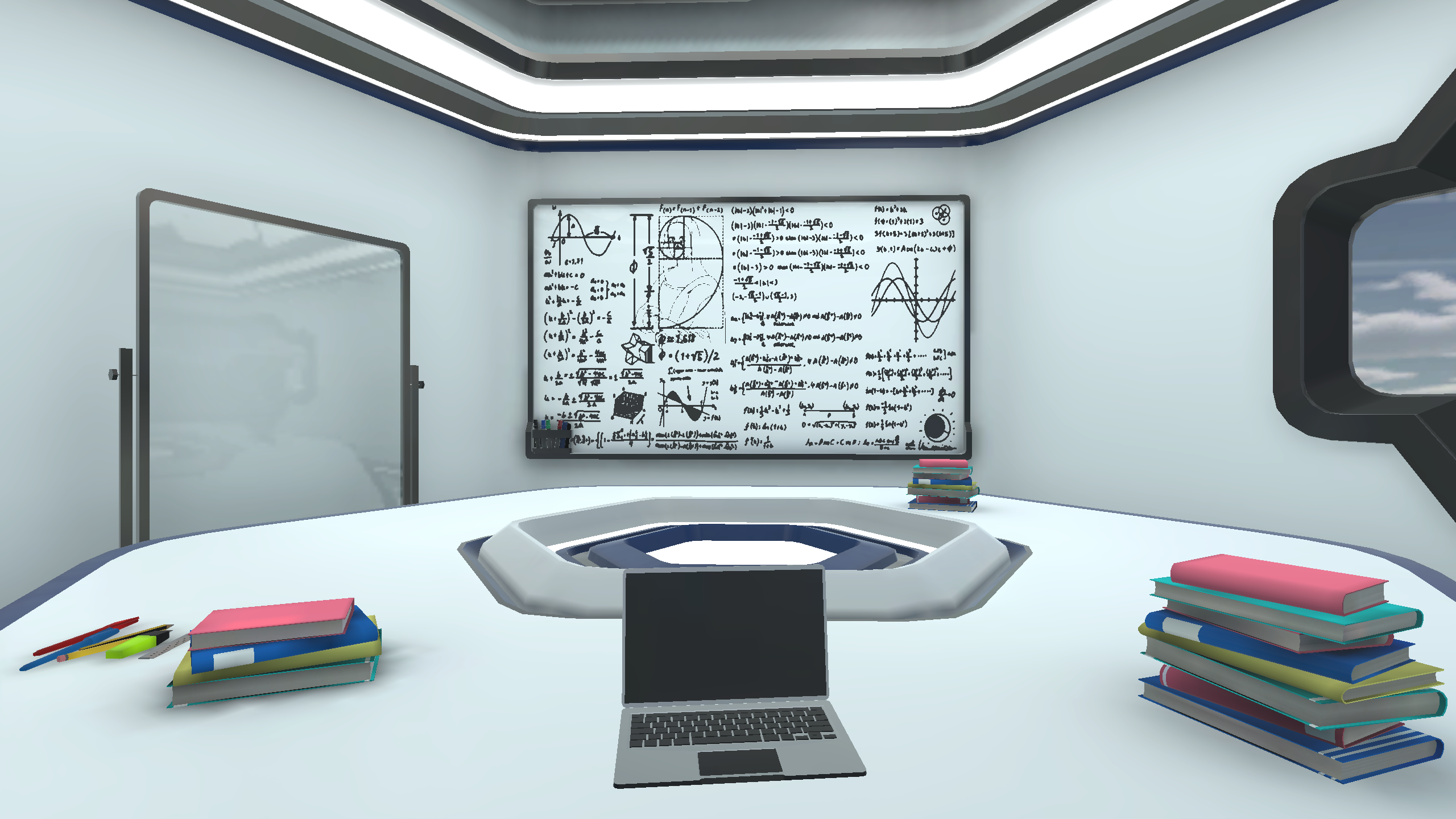
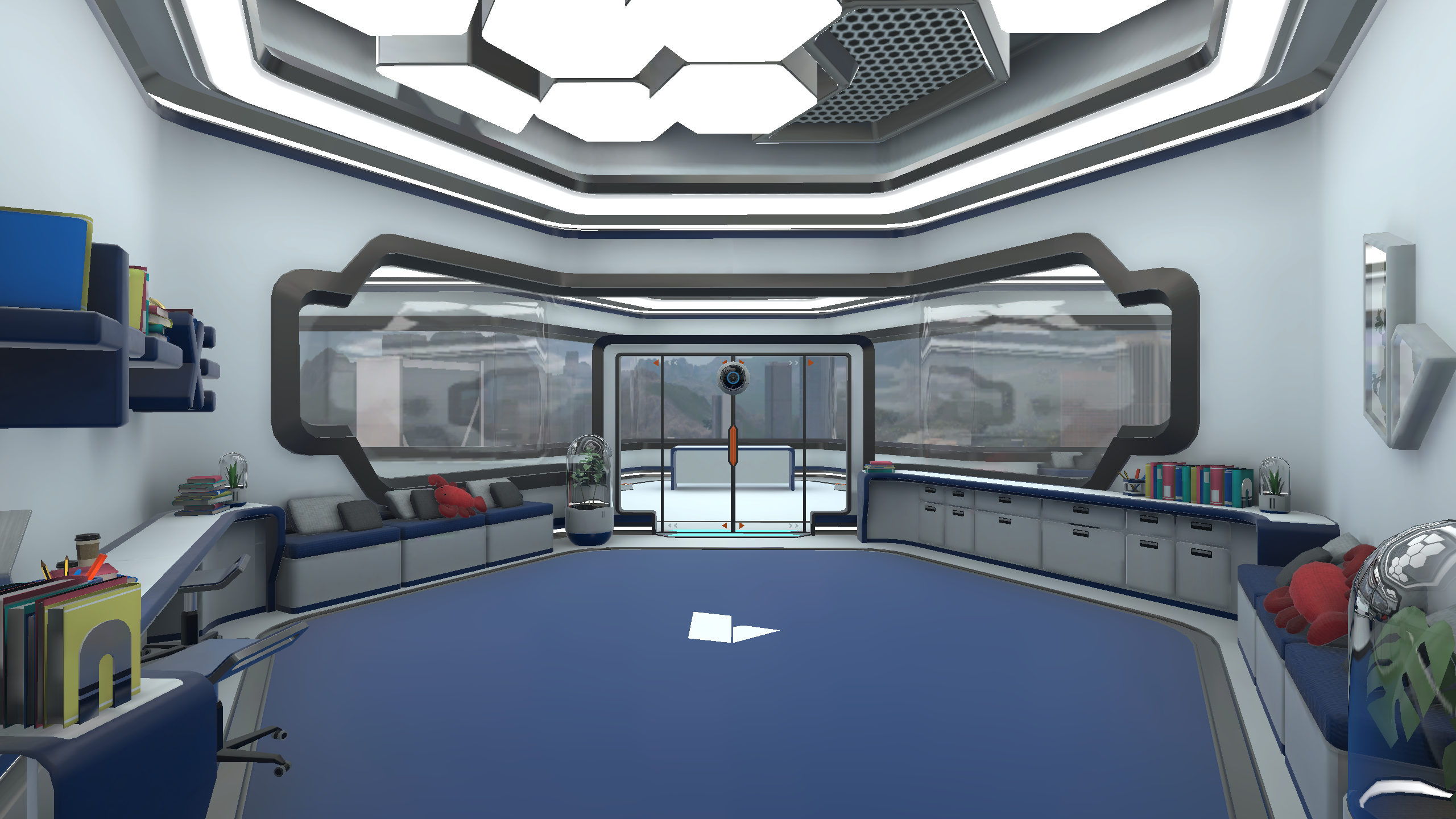
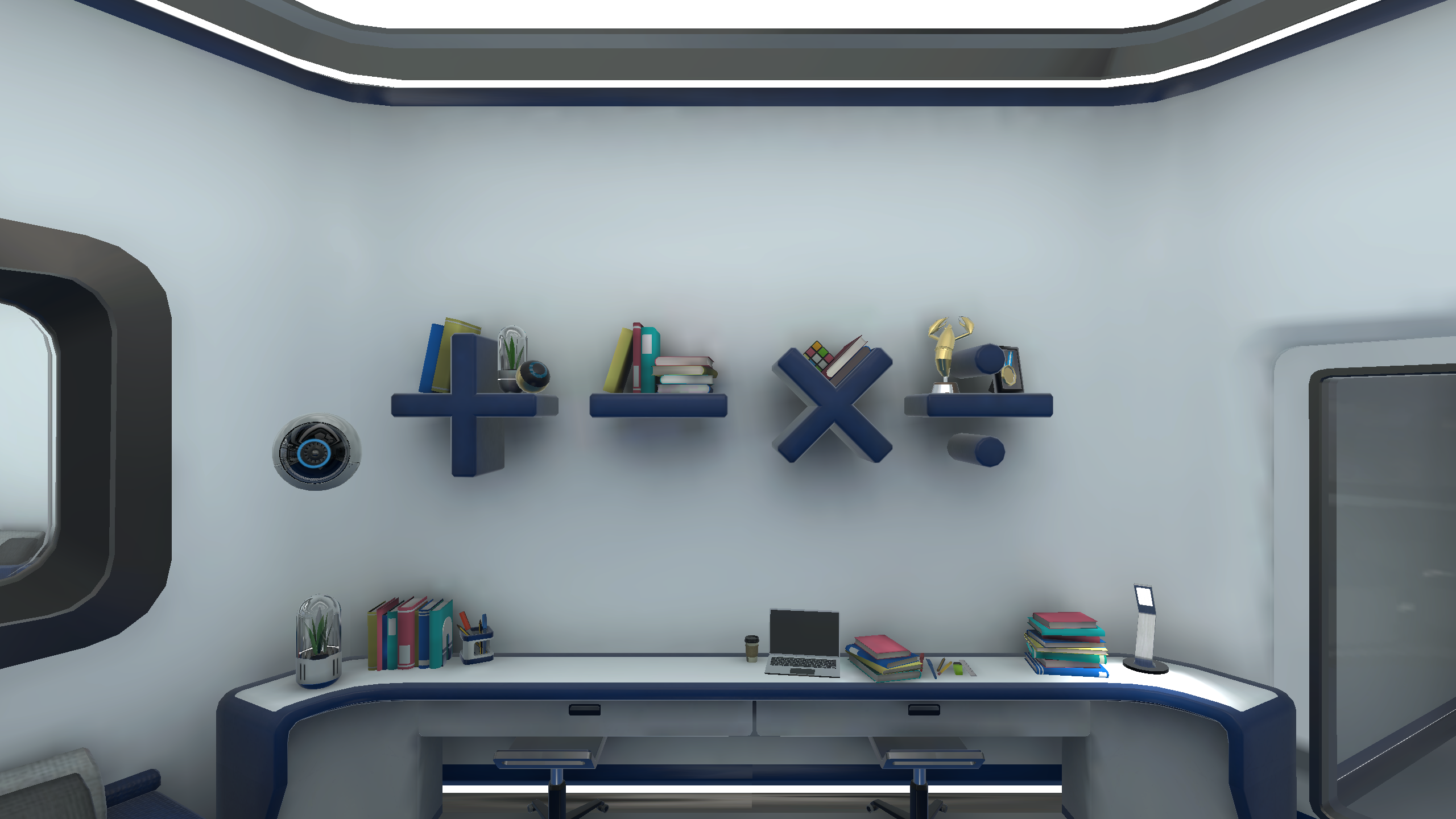
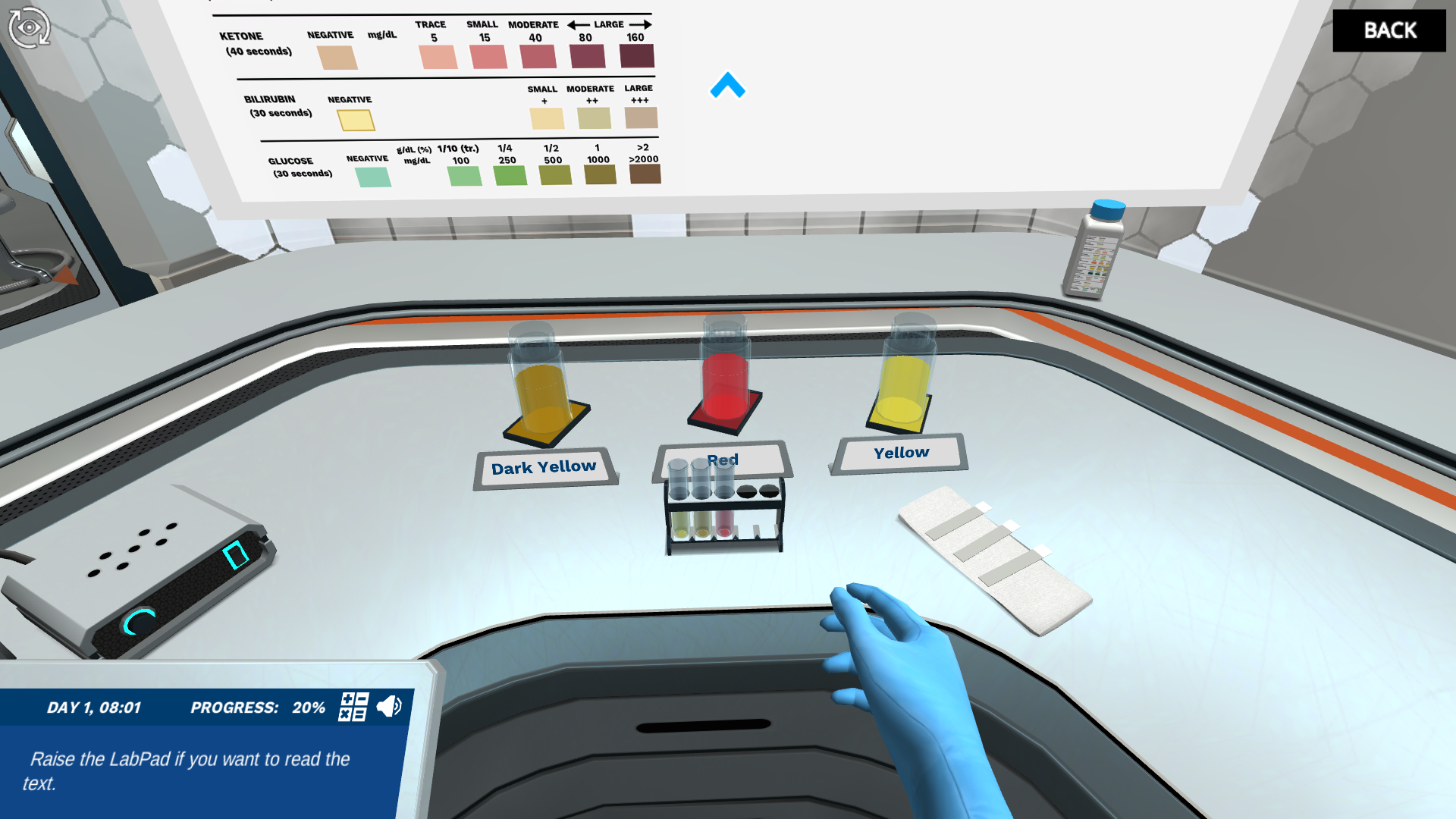
.png)
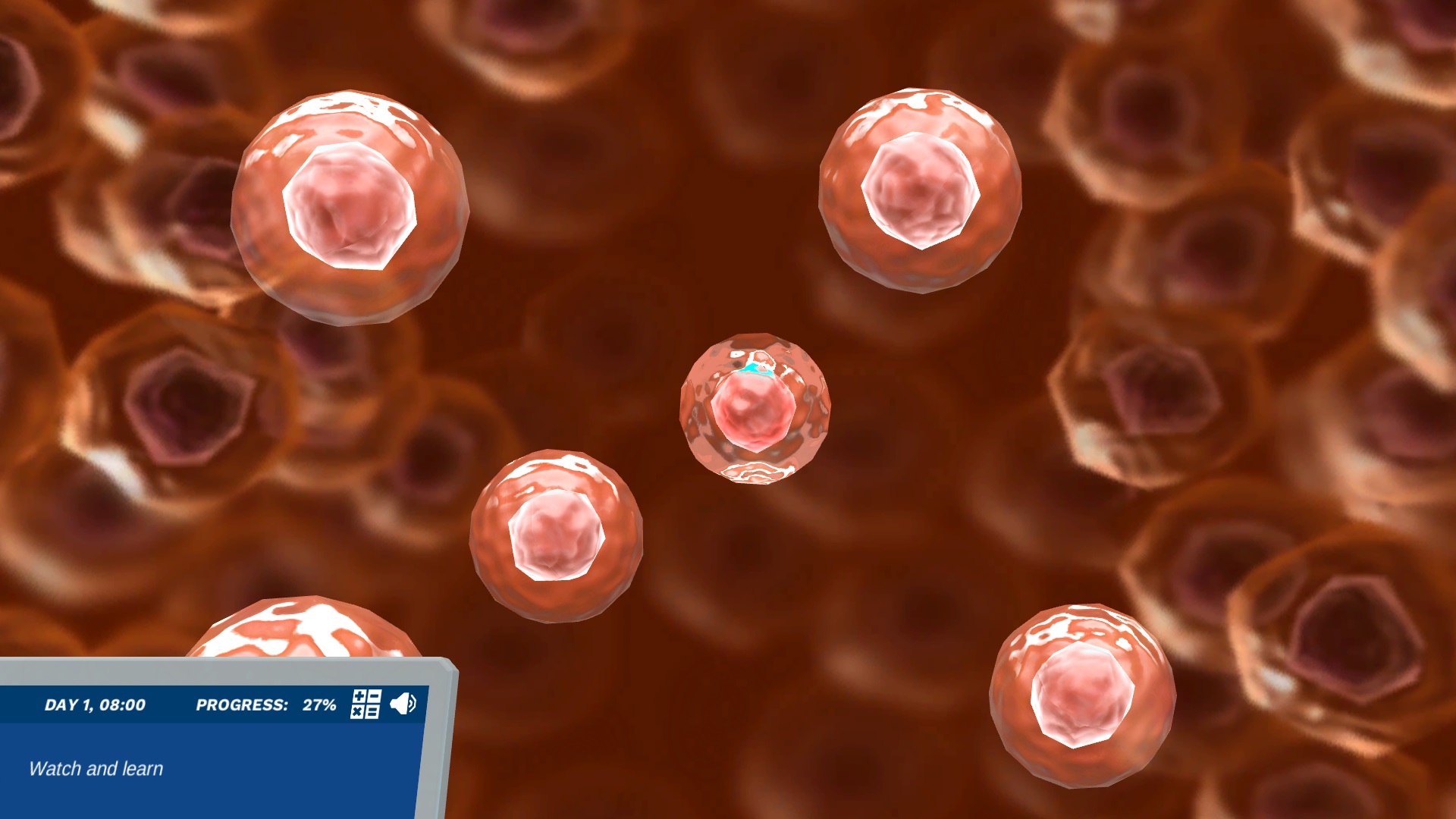

.JPG)
.png)
